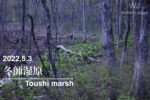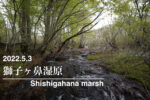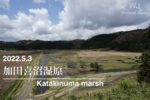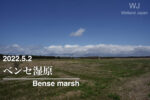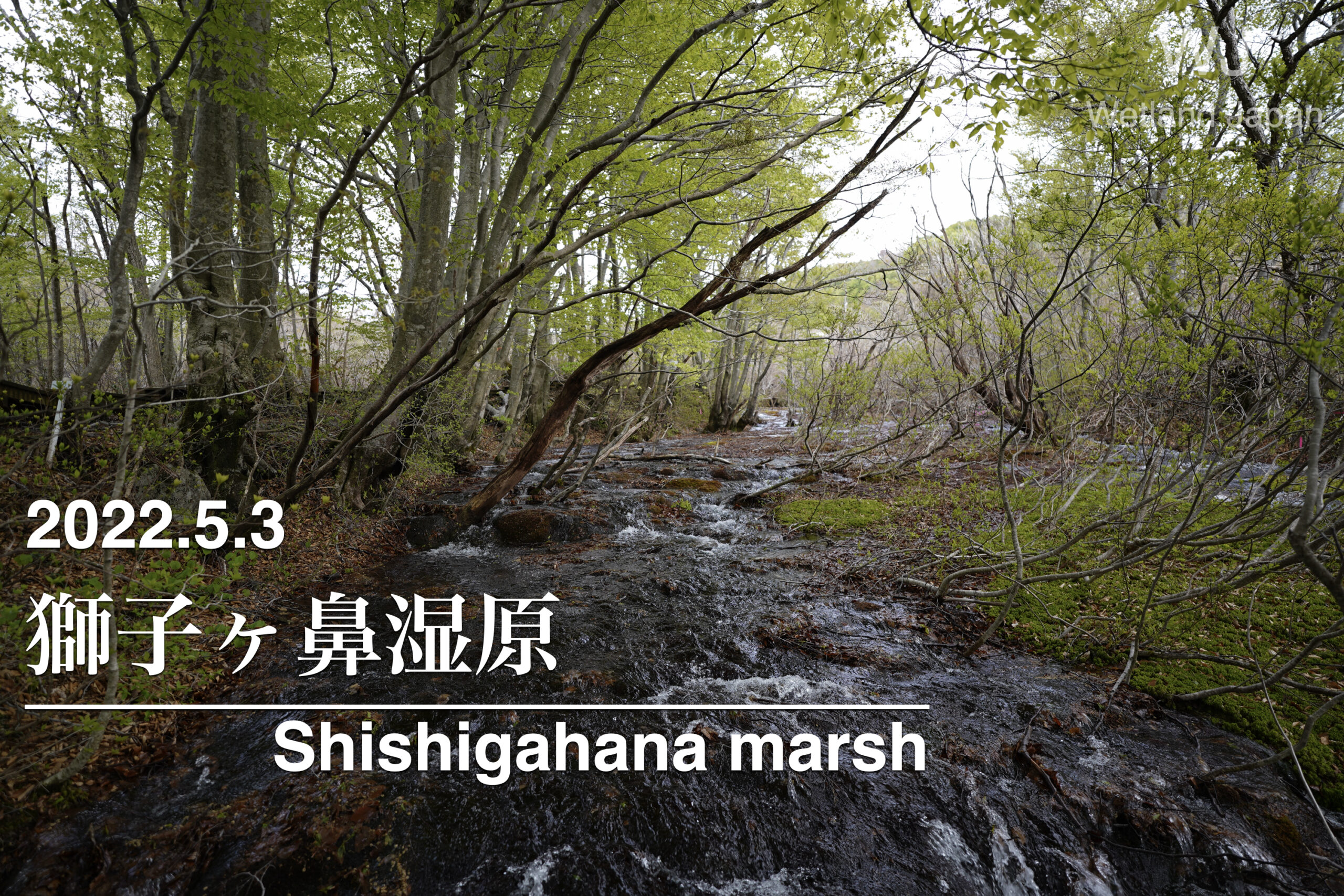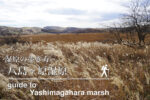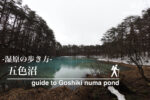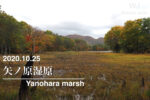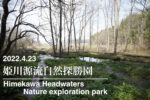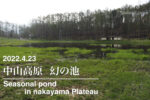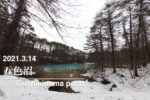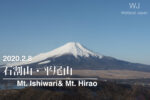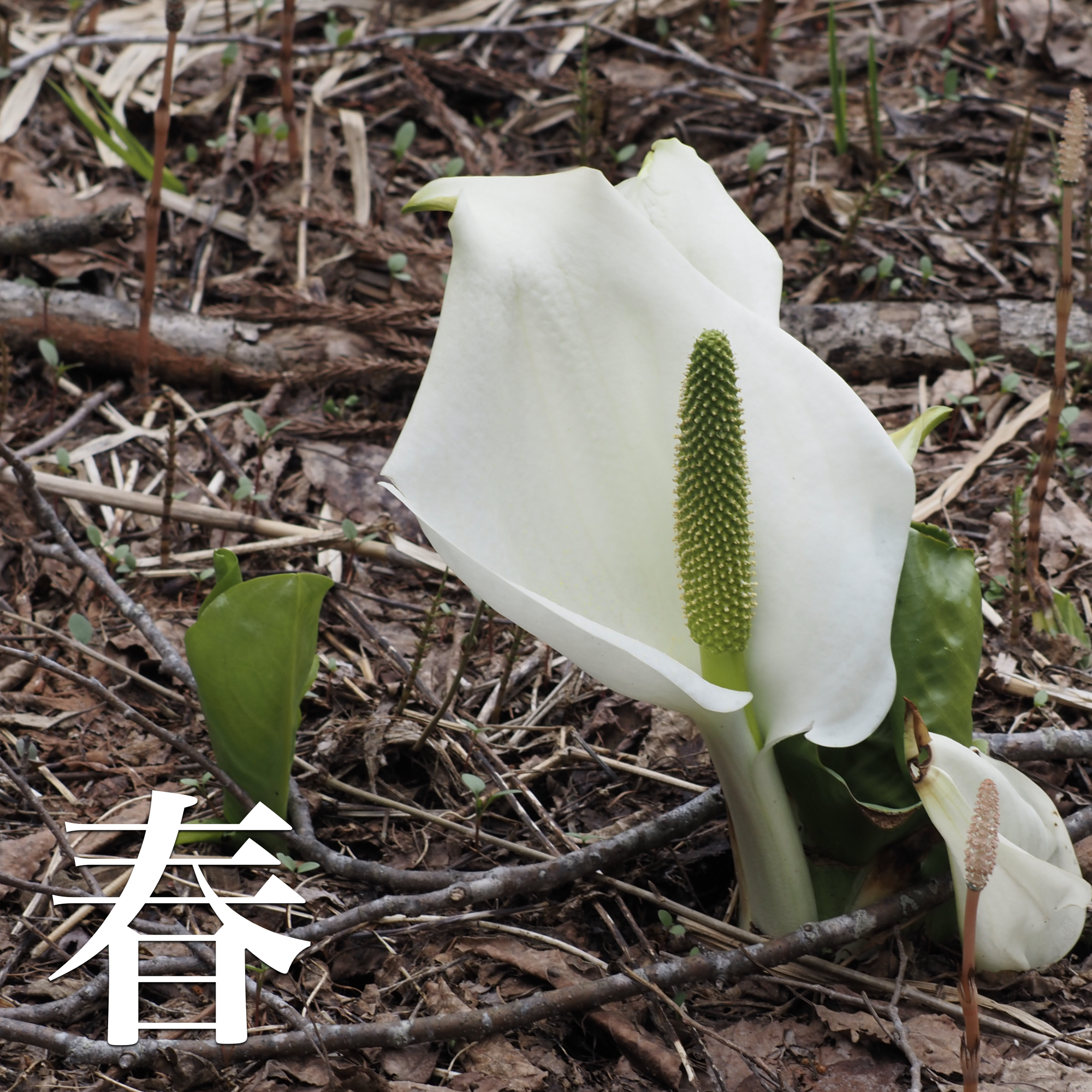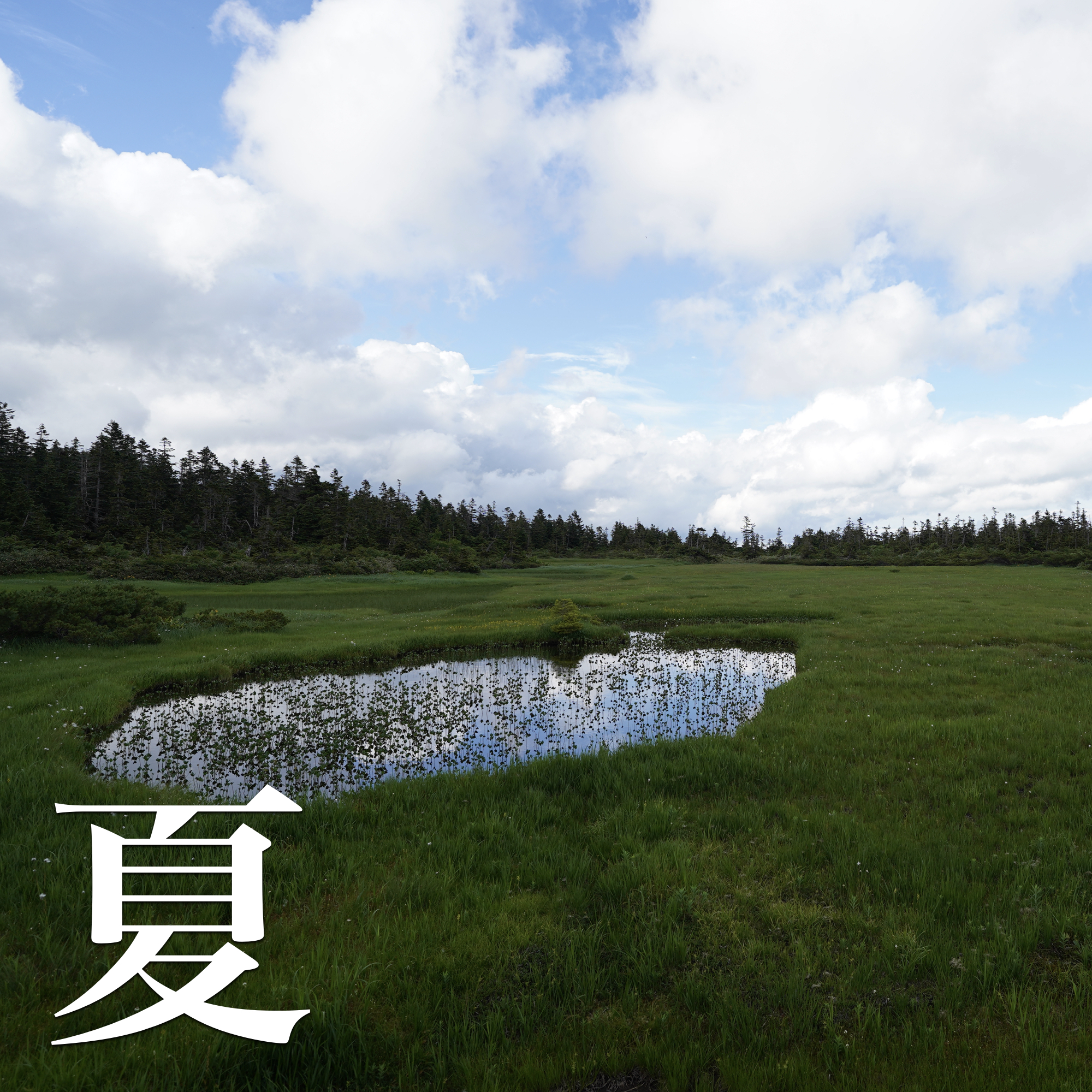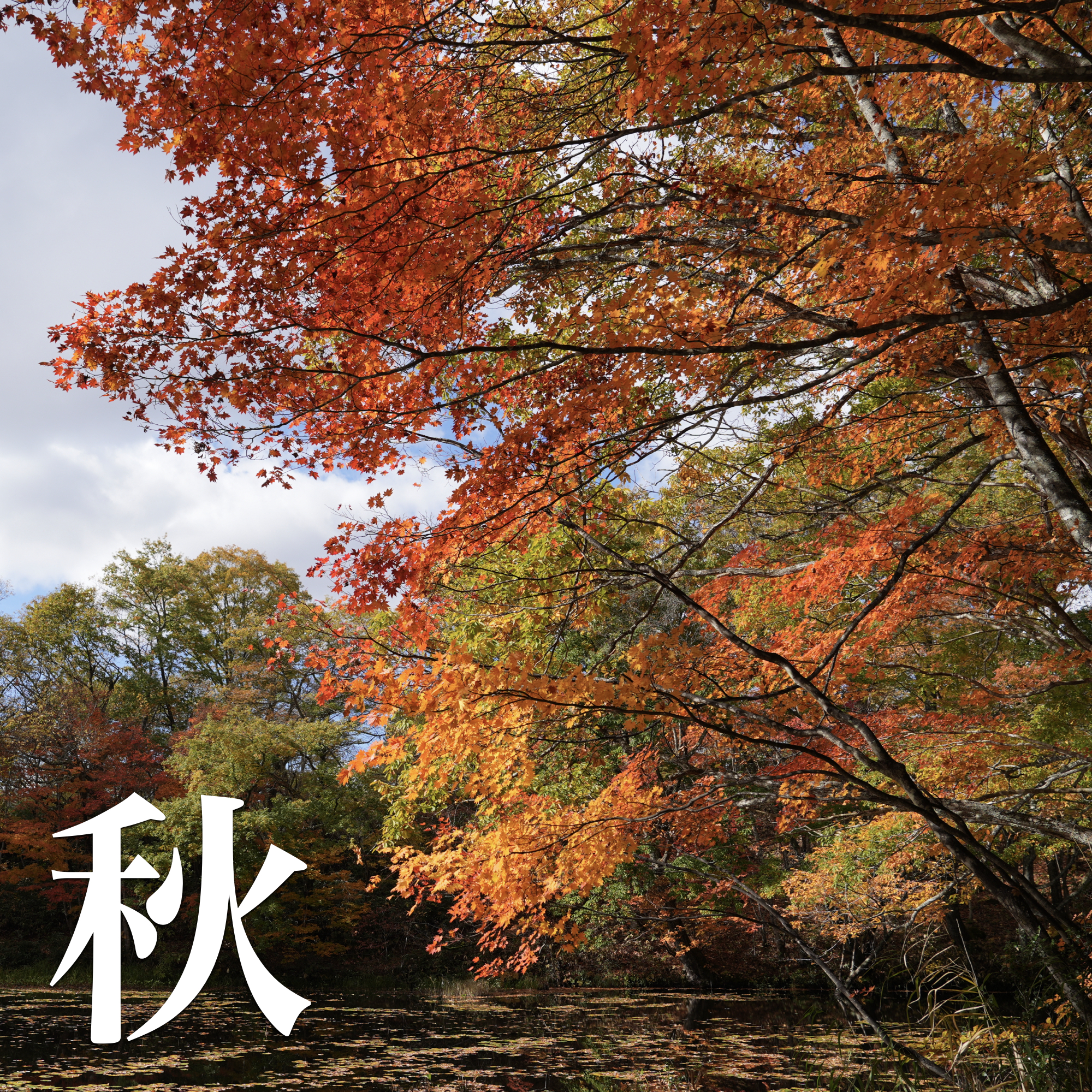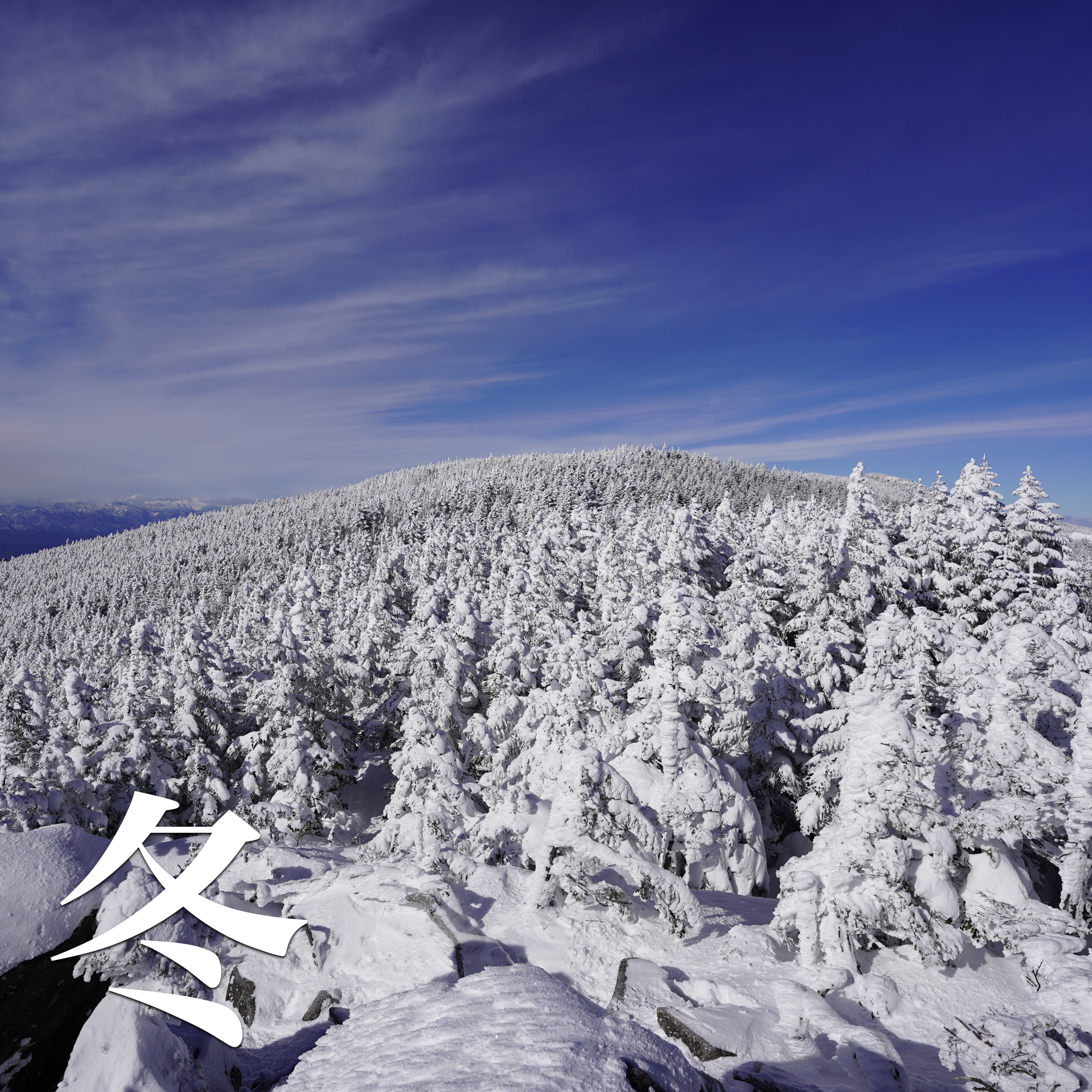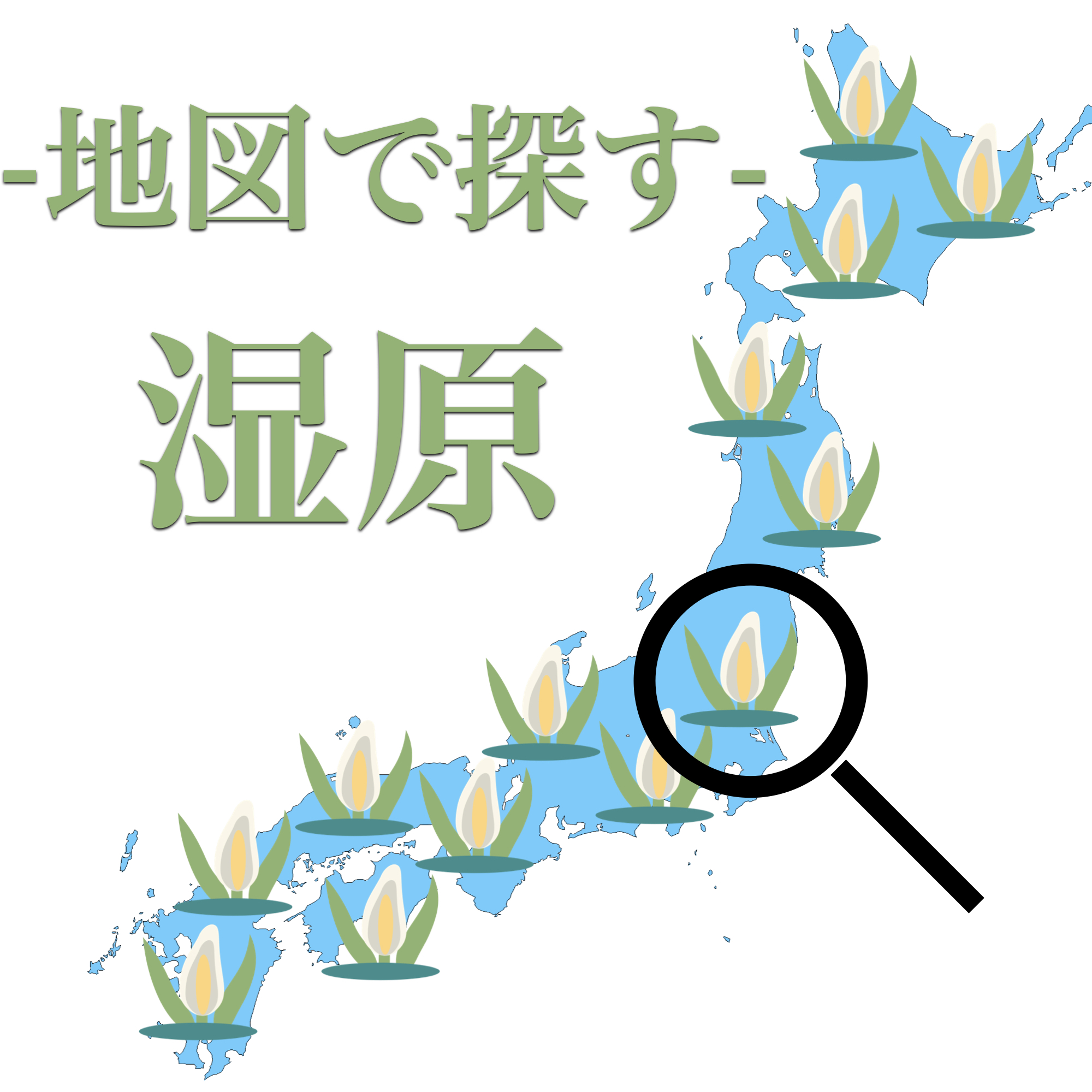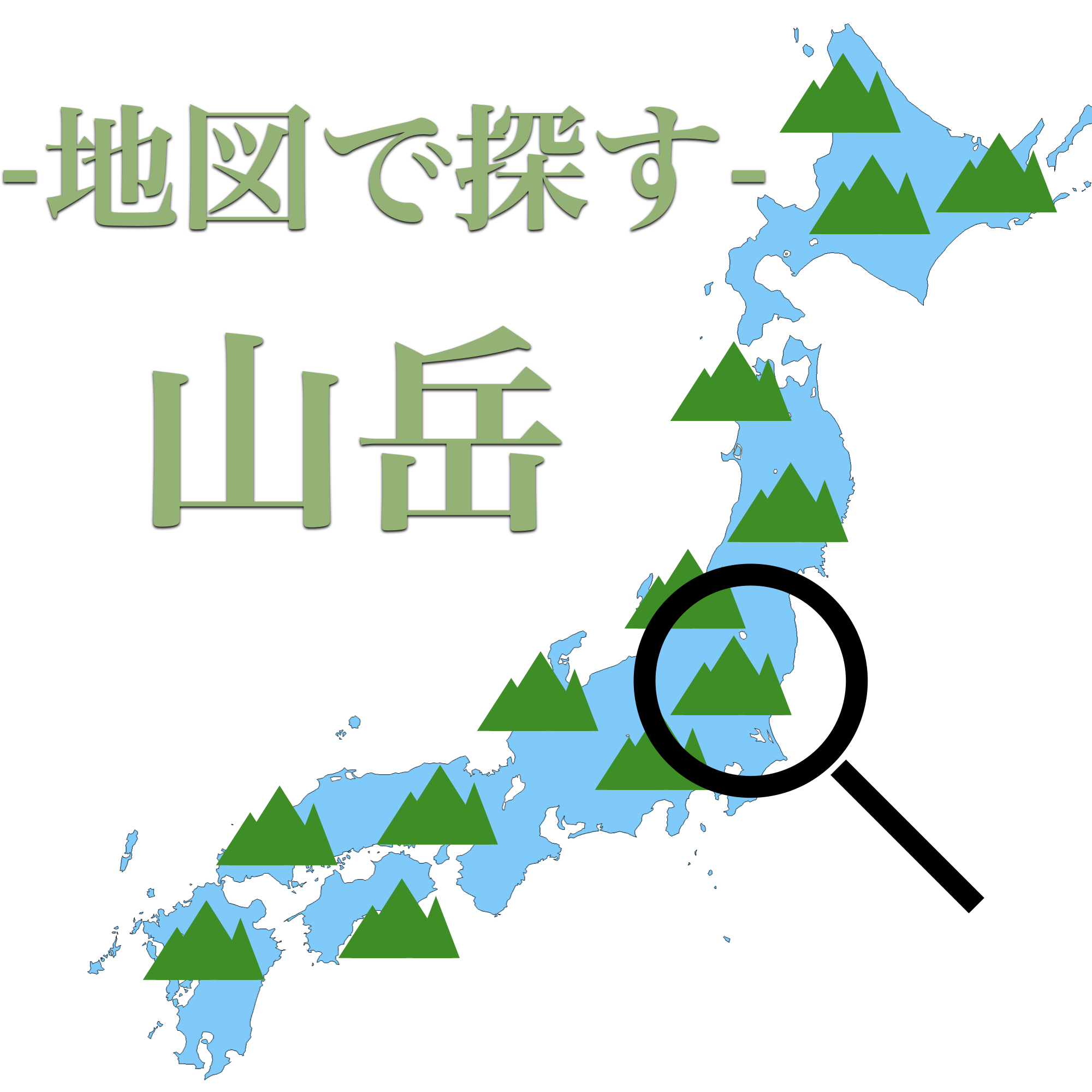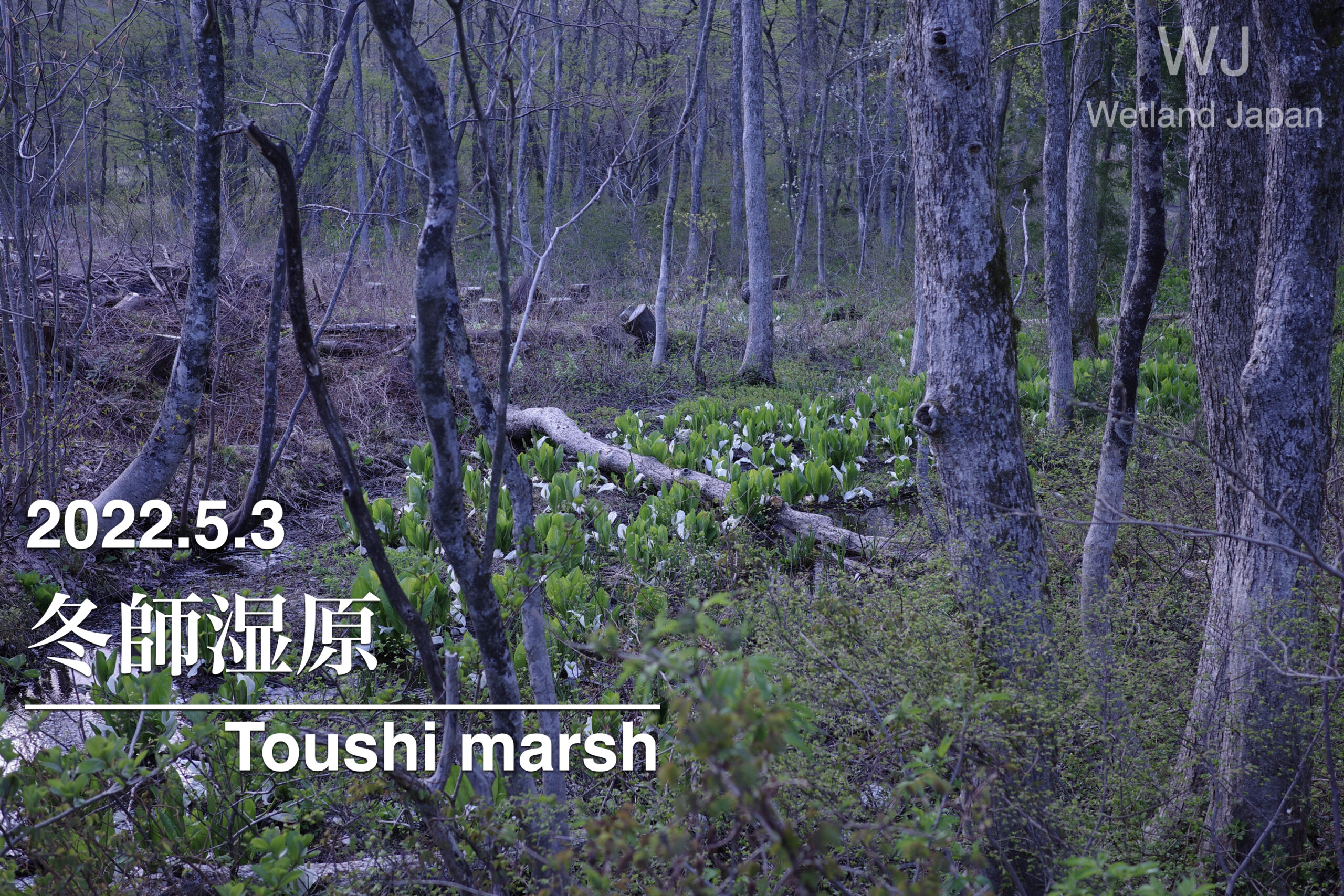
I visited Fuyushi Marsh in Nikaho City, Akita Prefecture.
When I visited in July 2021The undergrowth was thick and there were horseflies flying around, making it impossible to explore.
On this visit, I saw a completely different picture.
search
Heading to Fuyushi Marsh.
Apparently there is also a place called Warabi no Sato. It would be great to make tempura out of it.
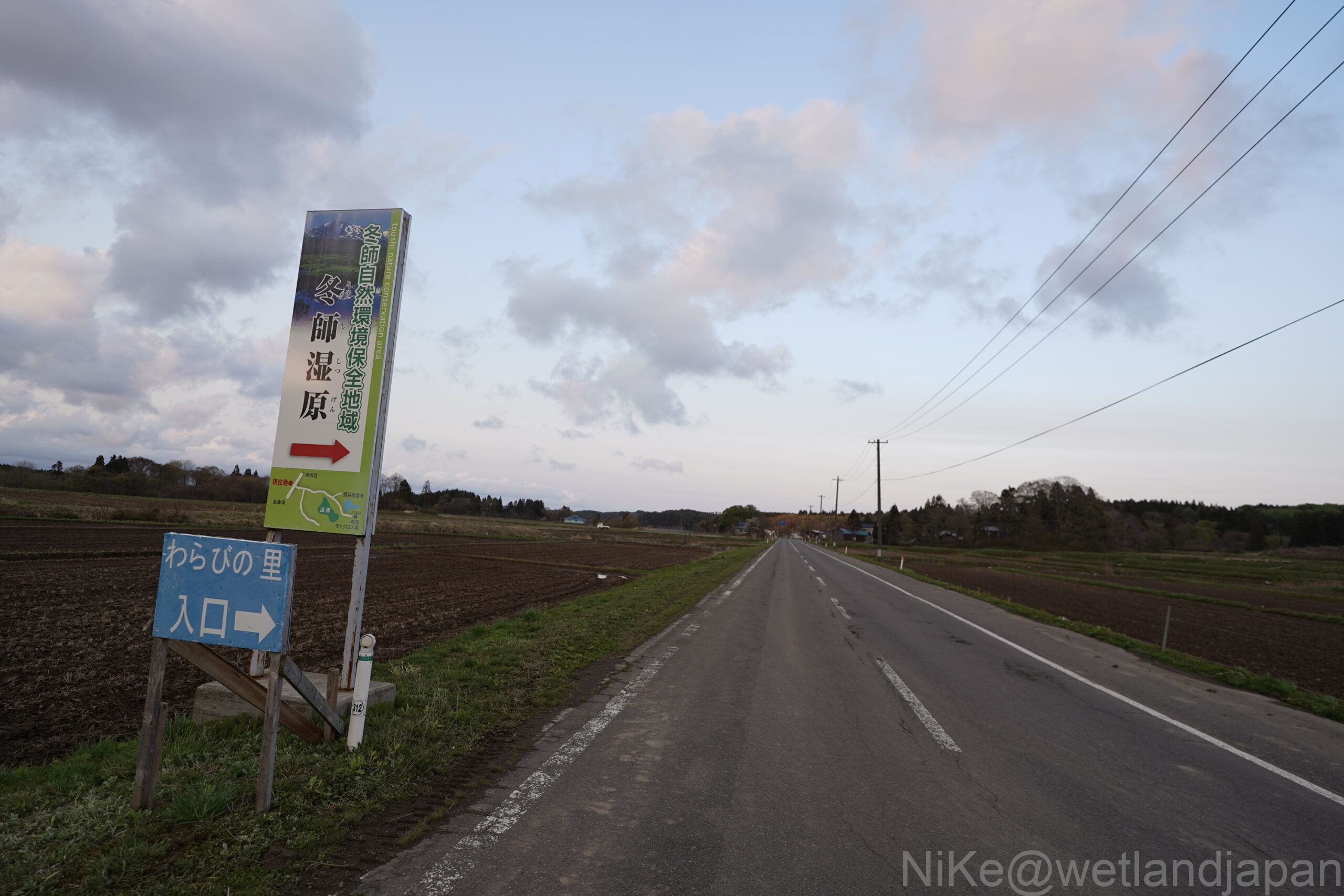
Apparently they had been burning the fields recently.
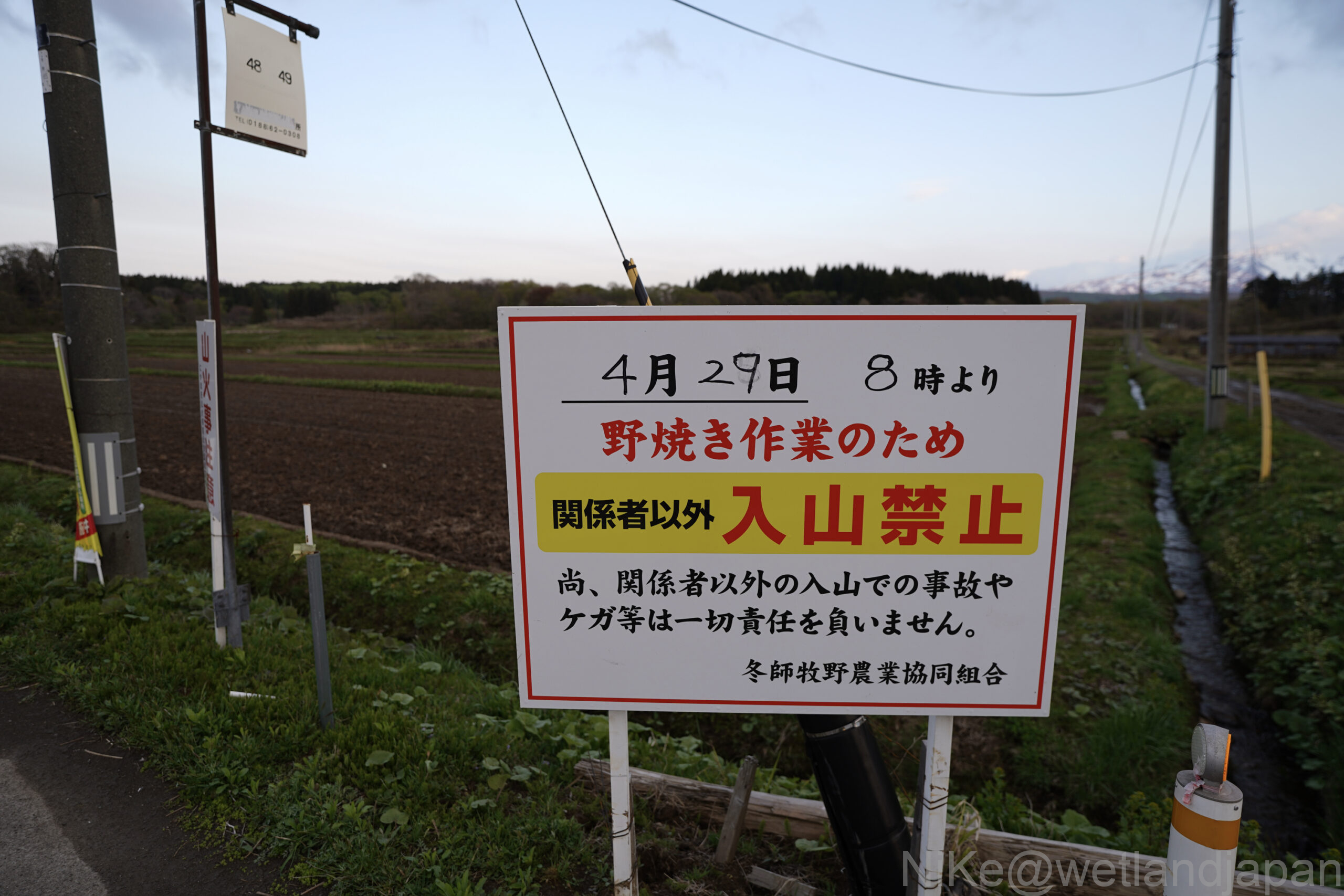
The road to the marsh is pretty bad.
Passing is difficult and there are many ups and downs, so depending on the type of car, it may be difficult to enter.
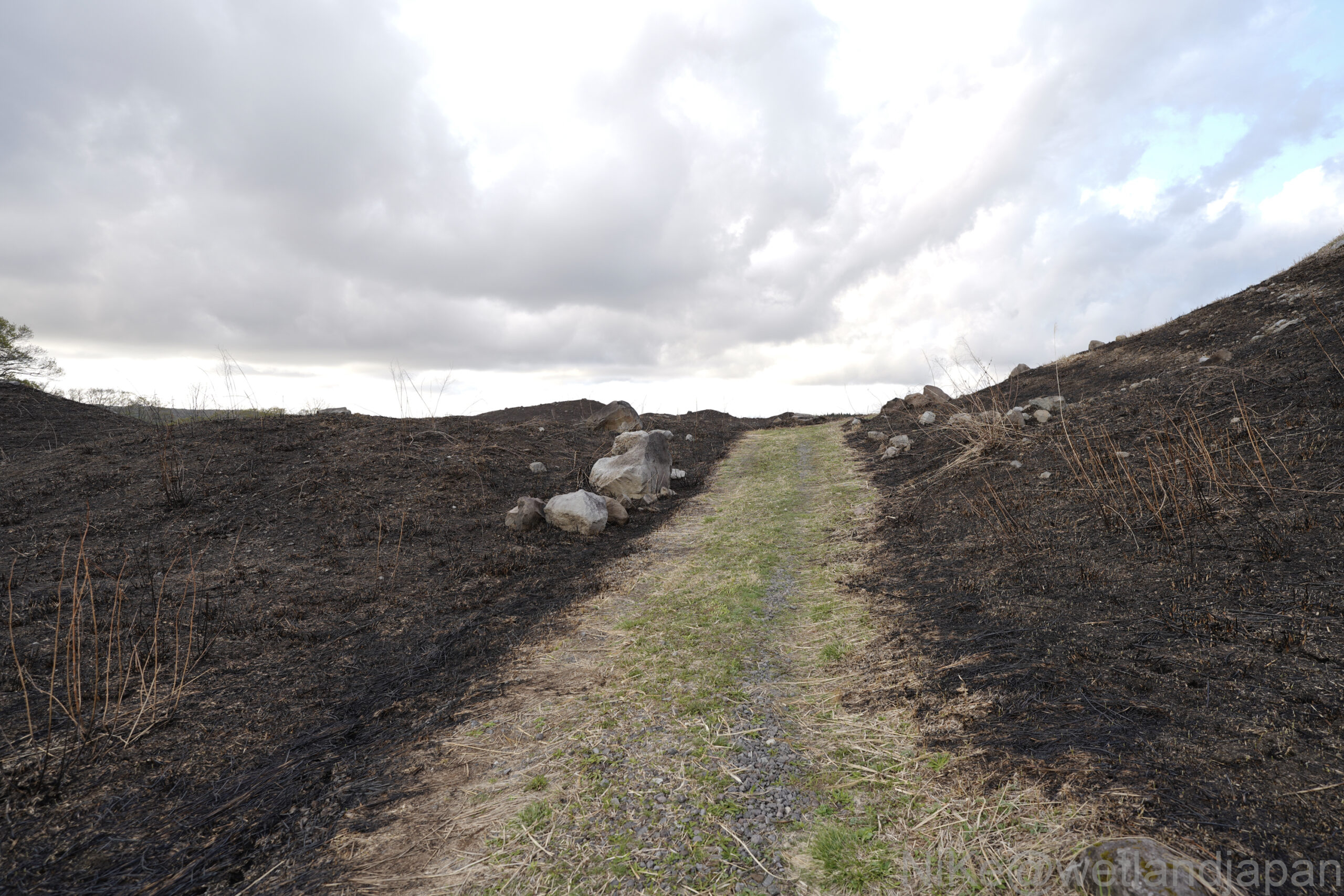
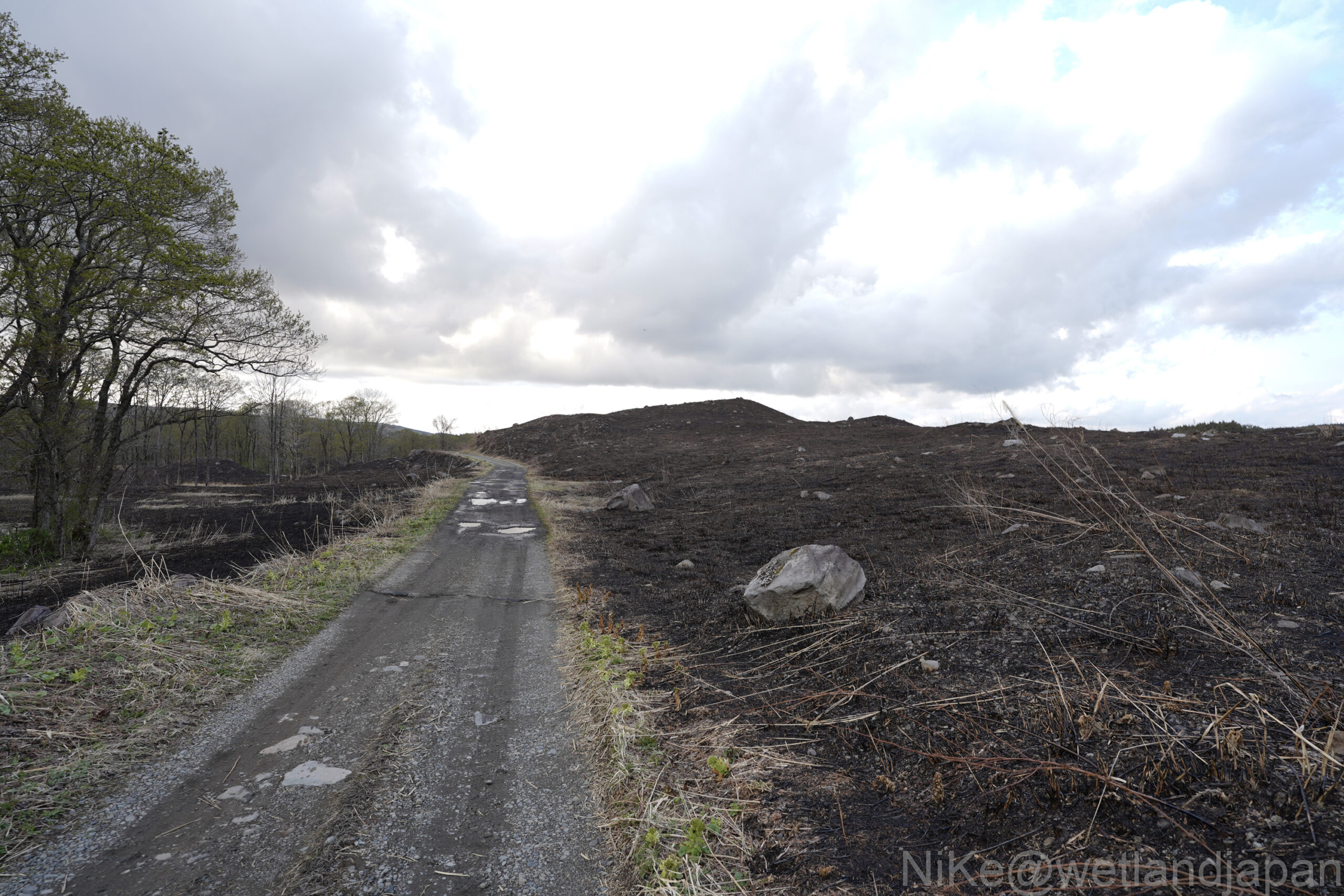
Go through the road and you'll come out into a square.
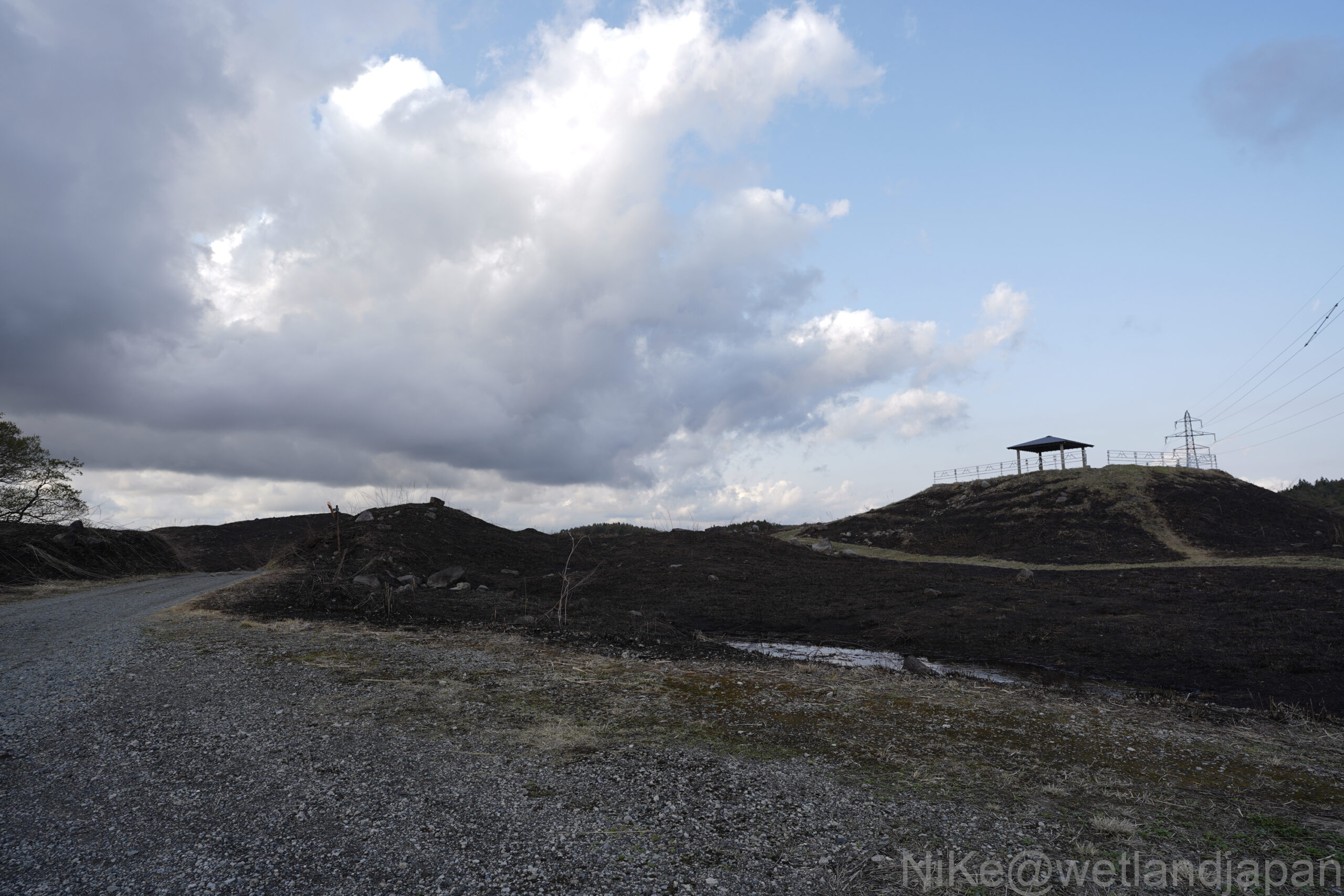
This square offers a great view of Mount Chokai.
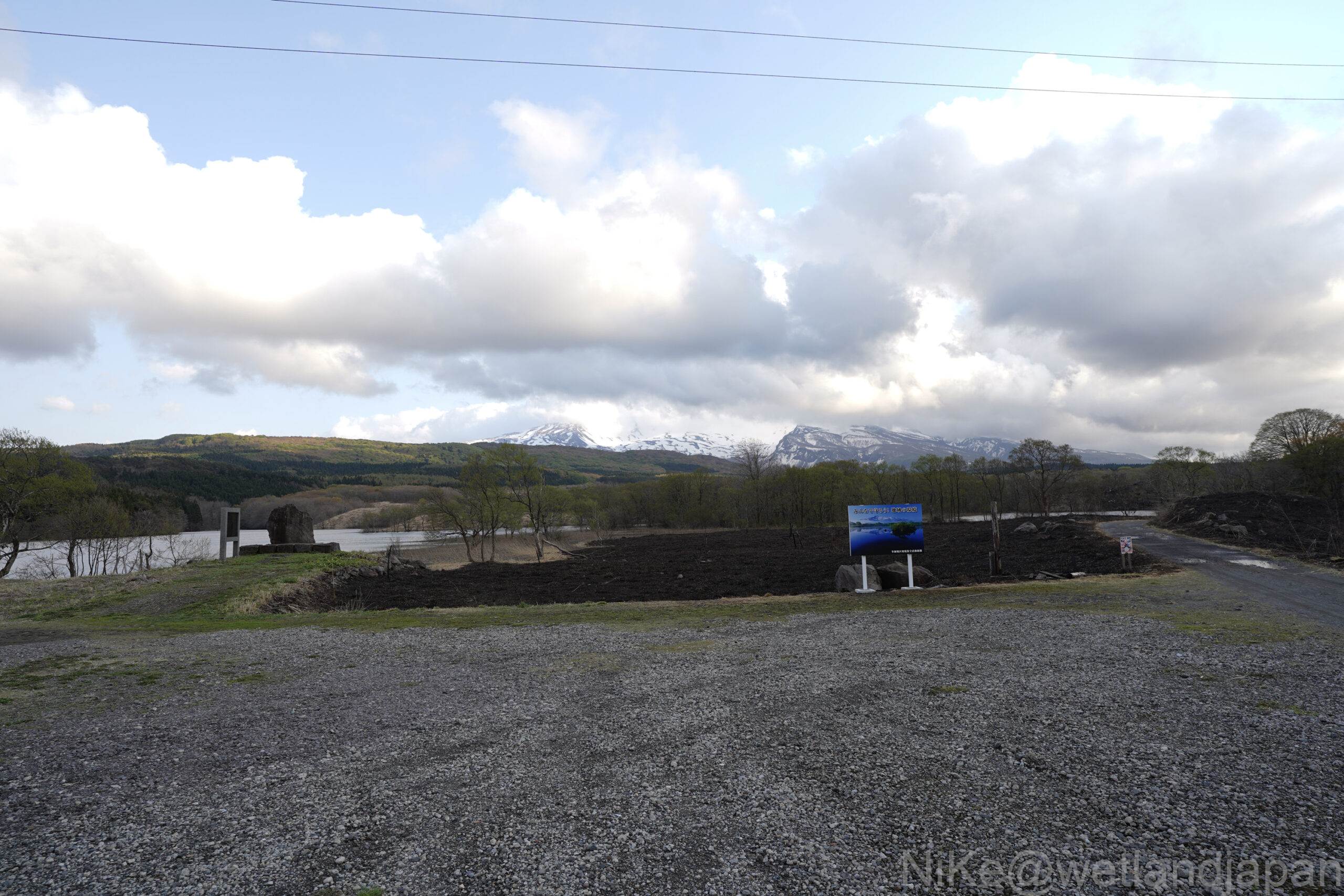
When I looked under the trees in the distance, I saw something white!
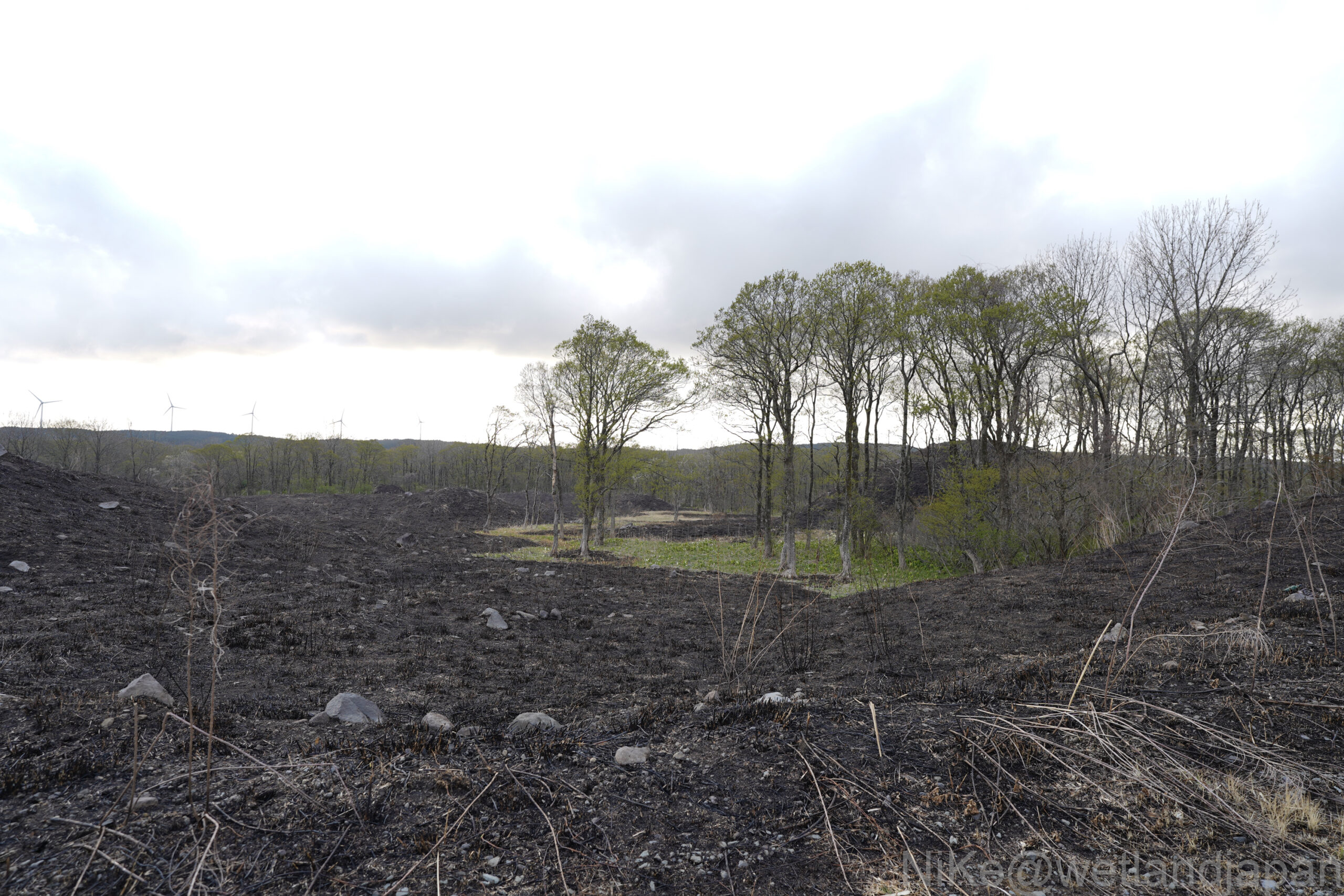
If you look closely, you'll see that it's a water skunk cabbage.
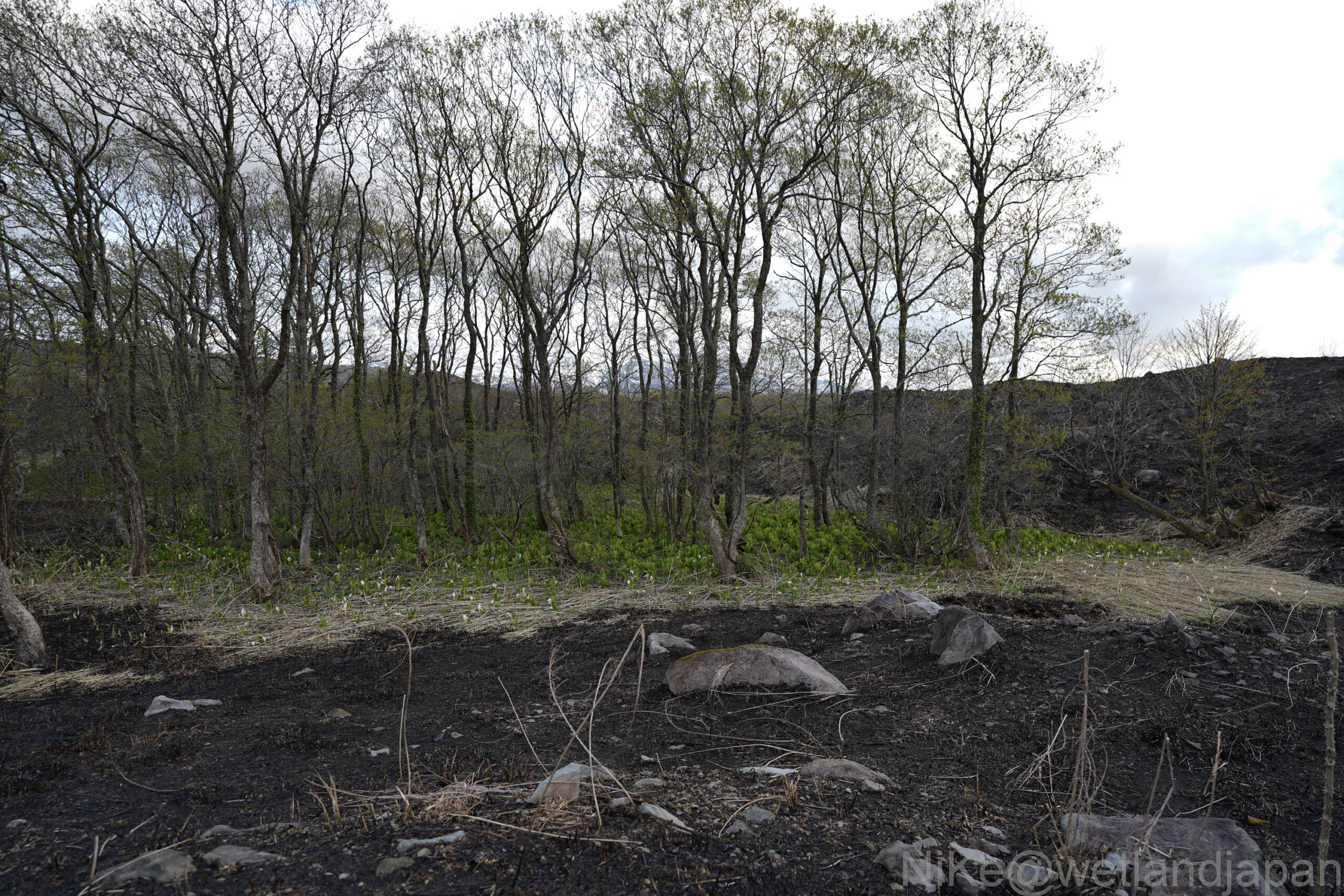
When I came here in the summer, I couldn't see any marshes, but that's no surprise.
The wetlands are only visible in the spring due to controlled burning.
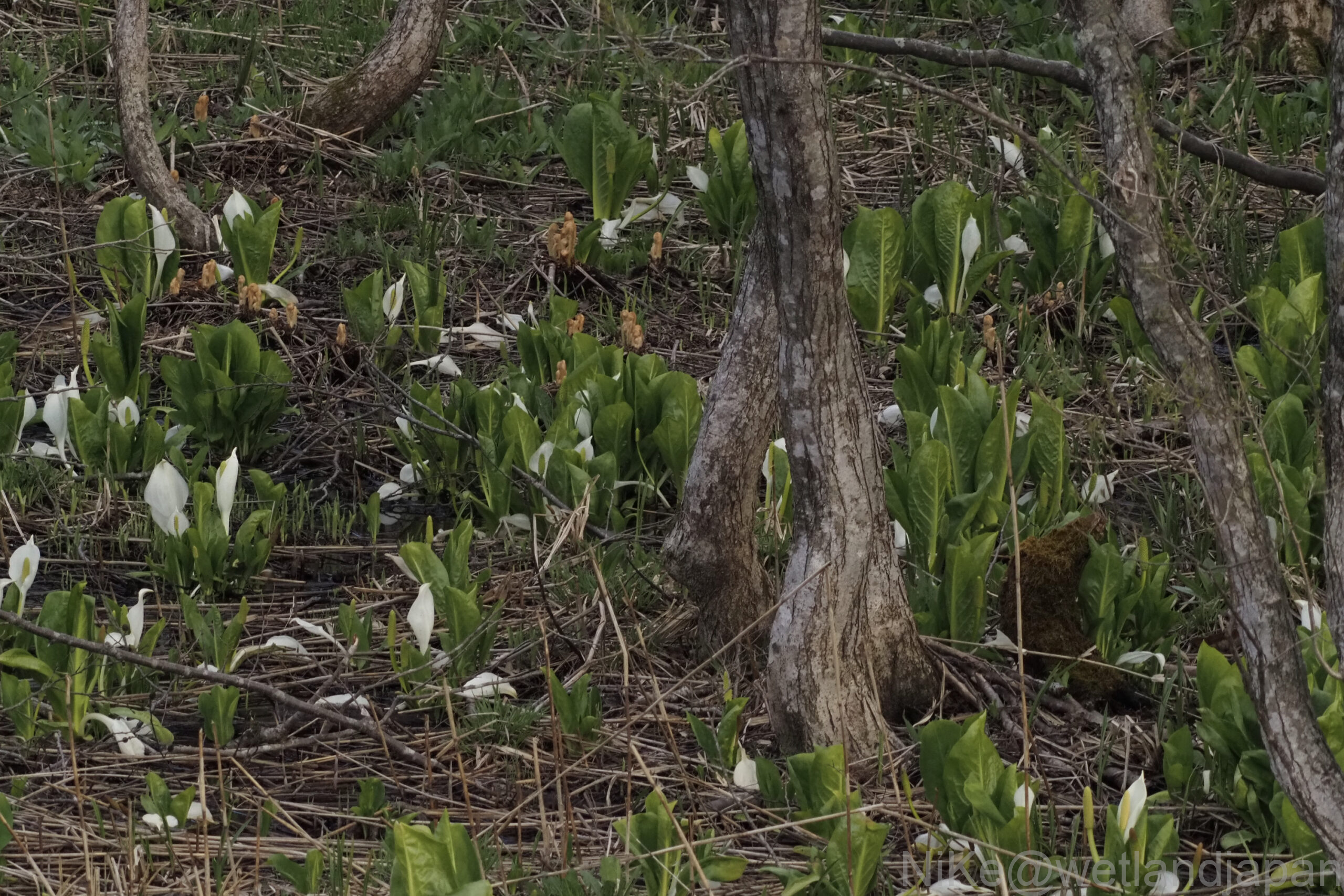
Seeing the water pooling like this makes me think that the soil is probably swampy.
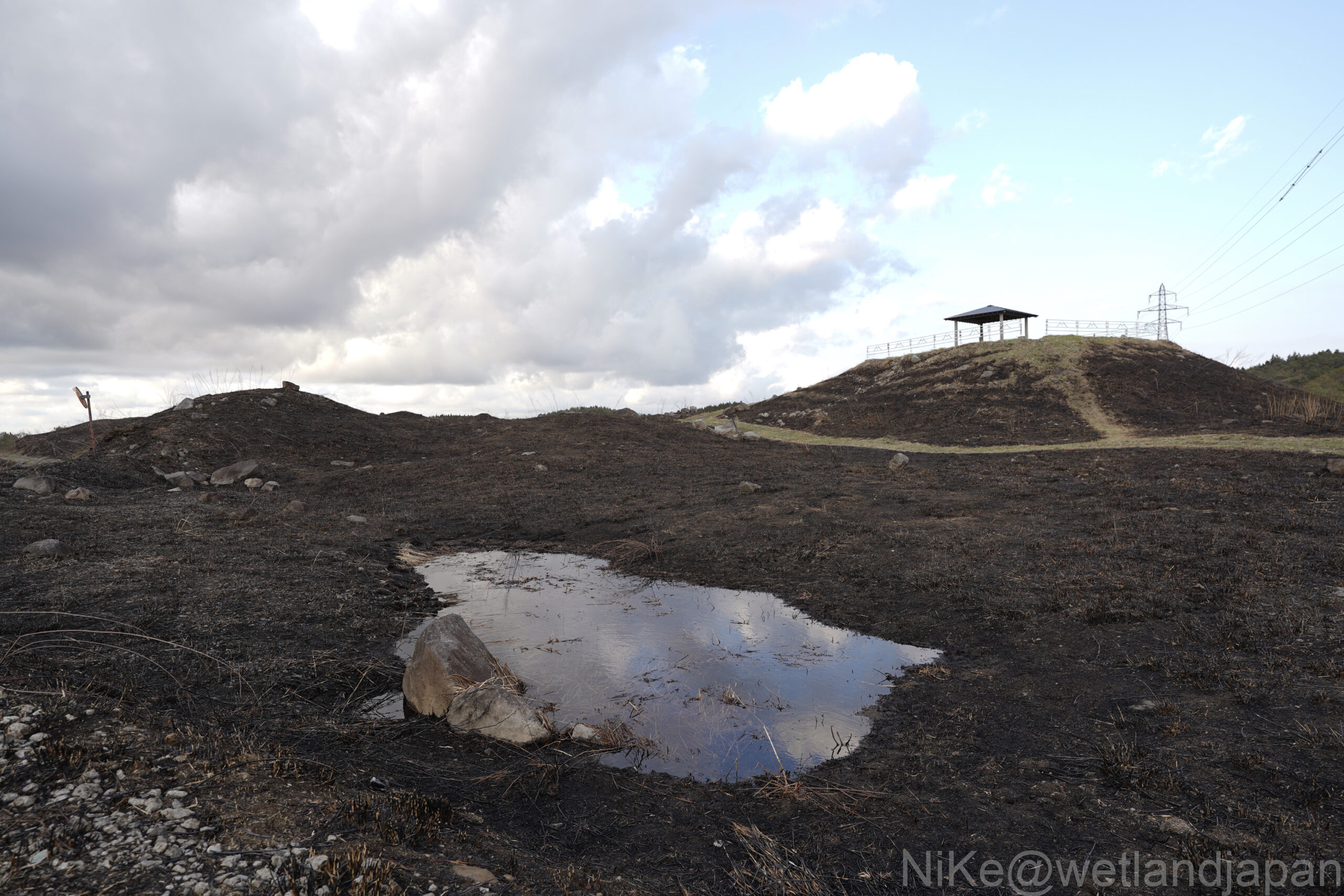
View from the observation deck.
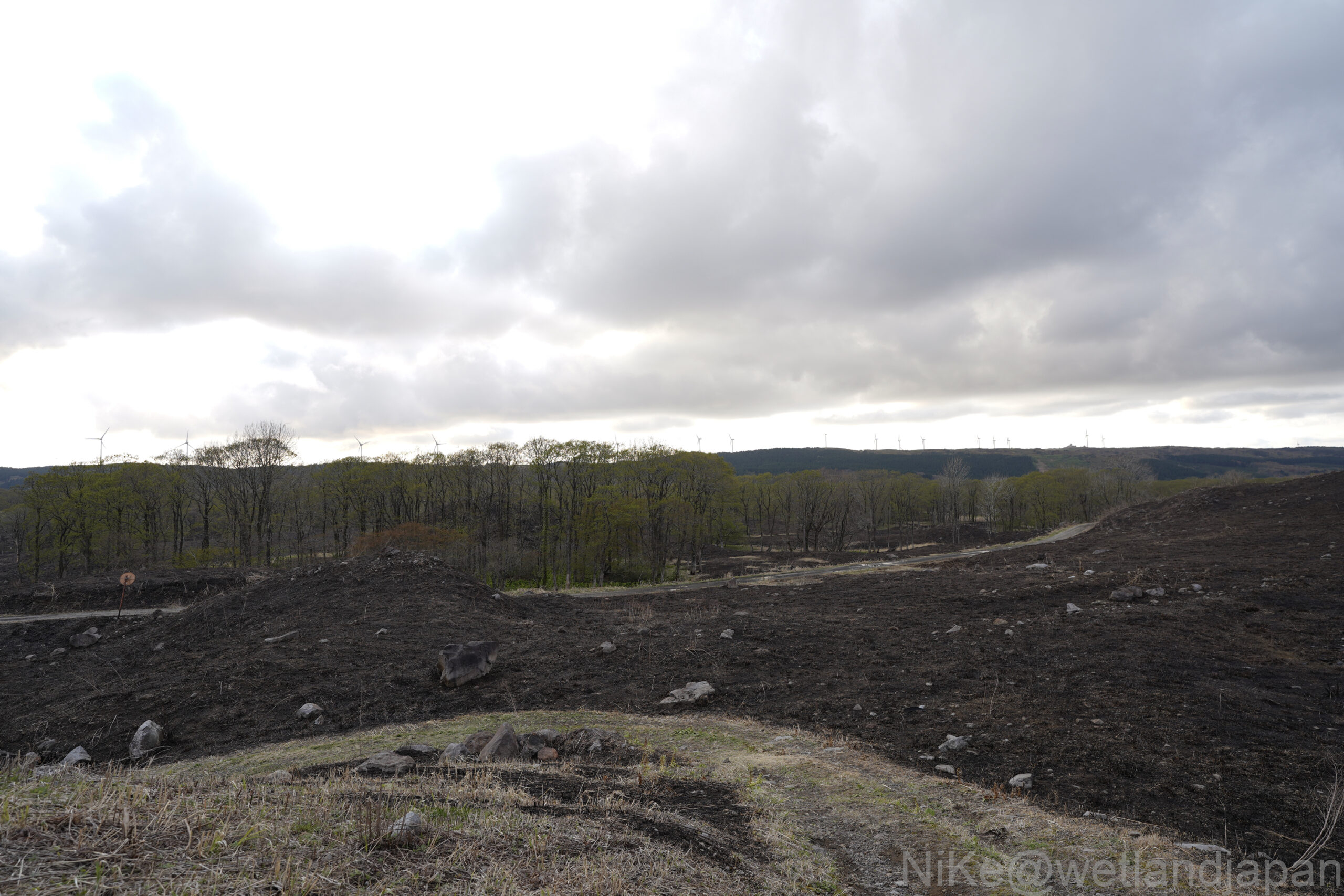
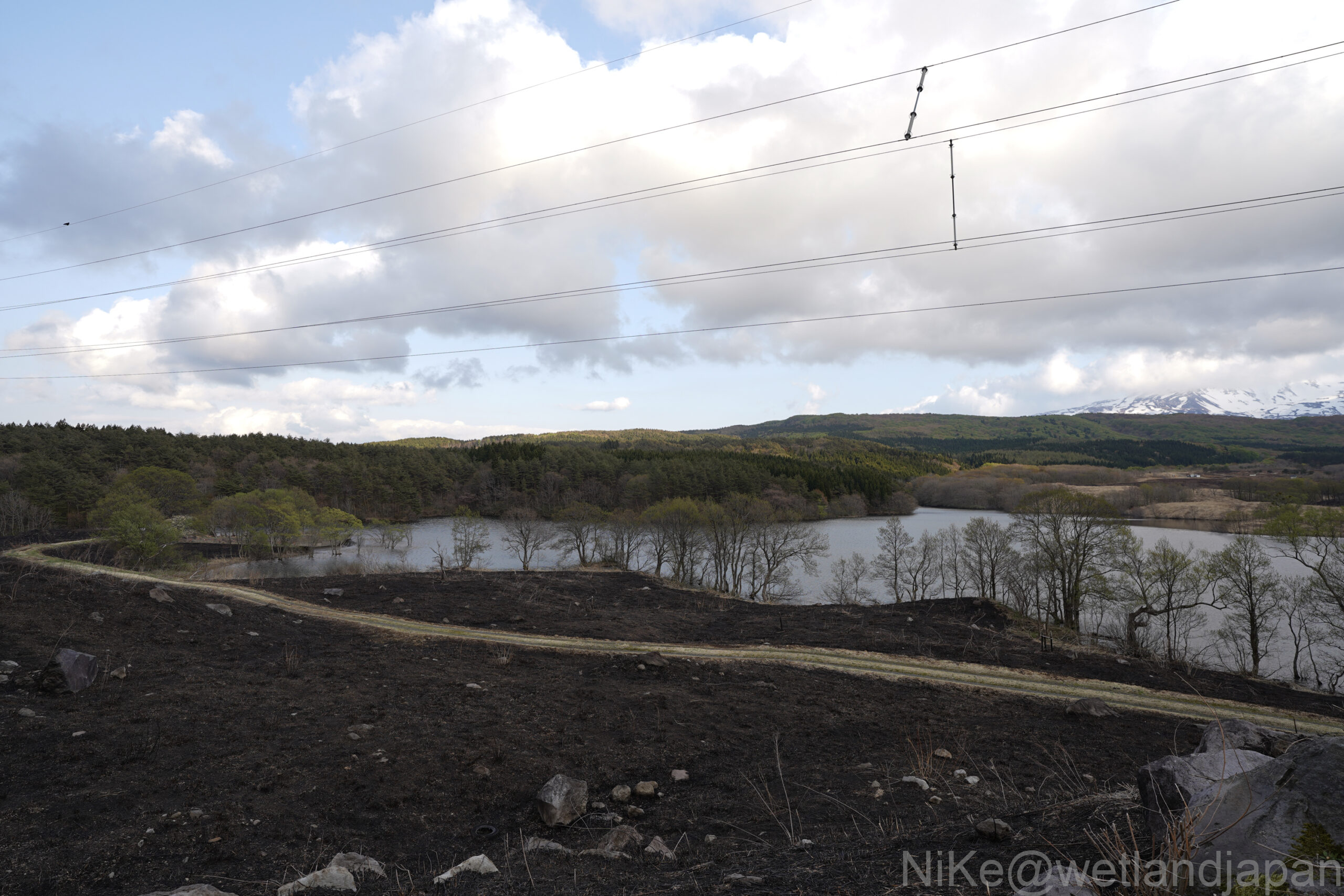
Torii gate in front of Ogiyachi Reservoir.
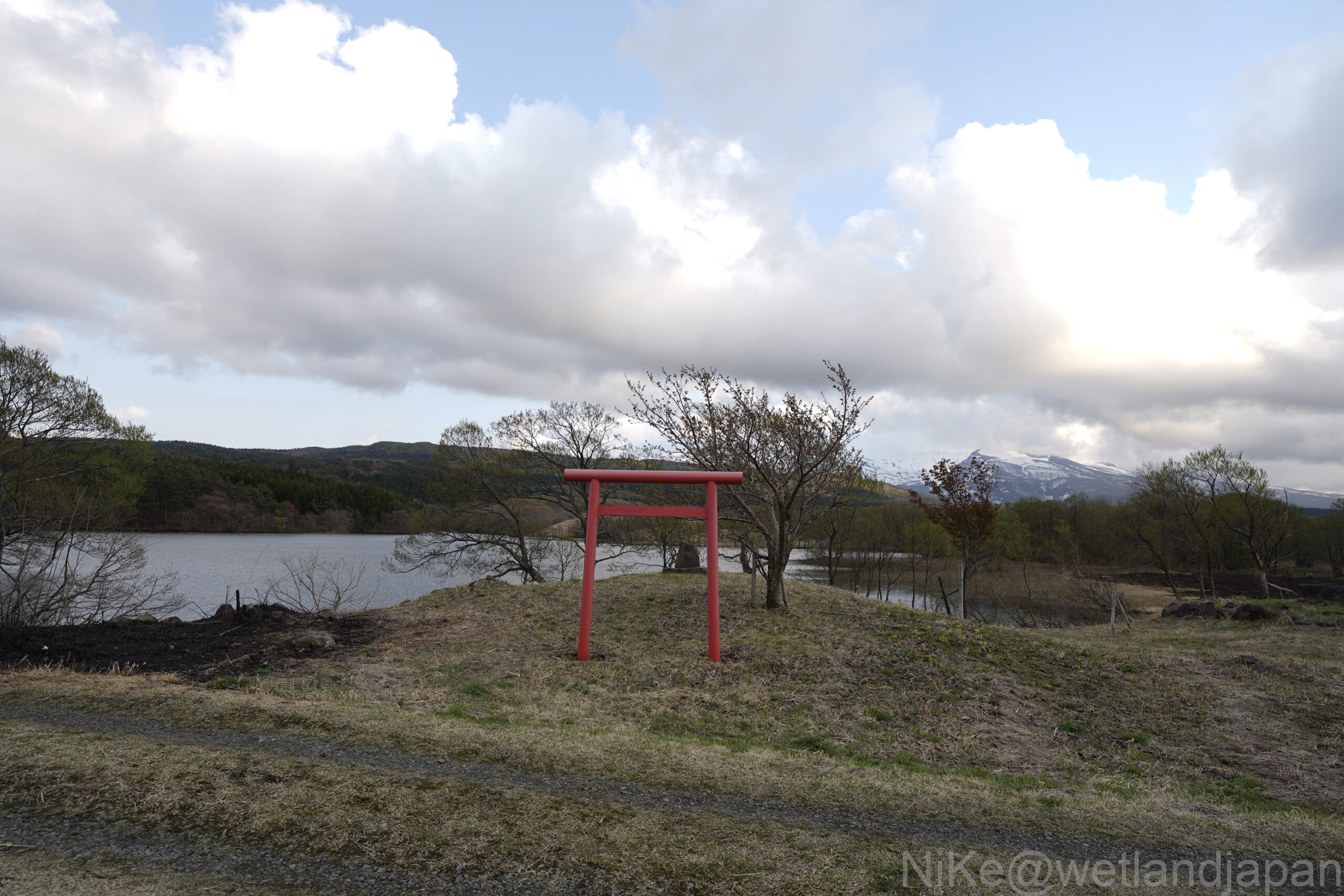
When I visited last summer, I had no idea that this place was so densely packed with skunk cabbage.
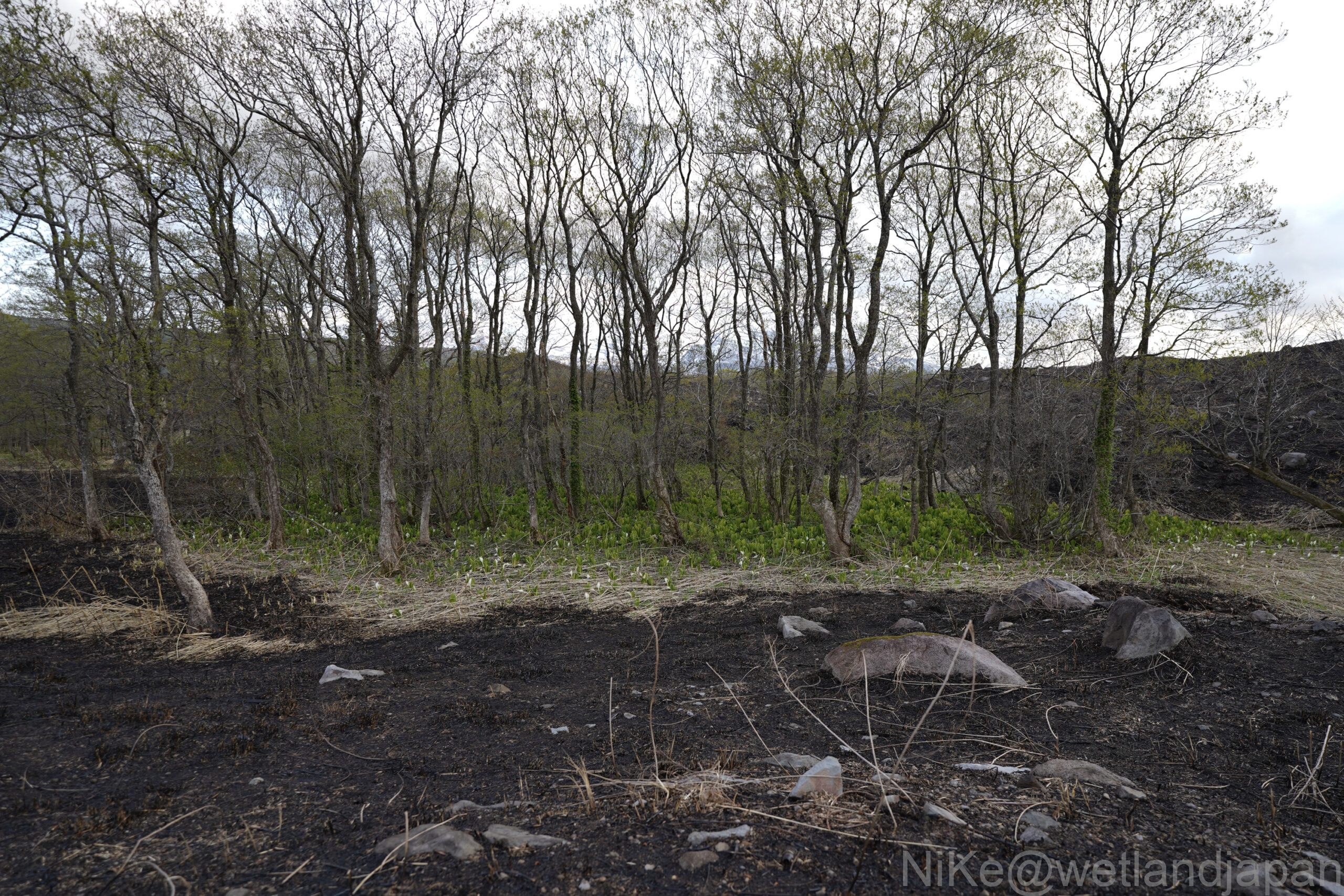
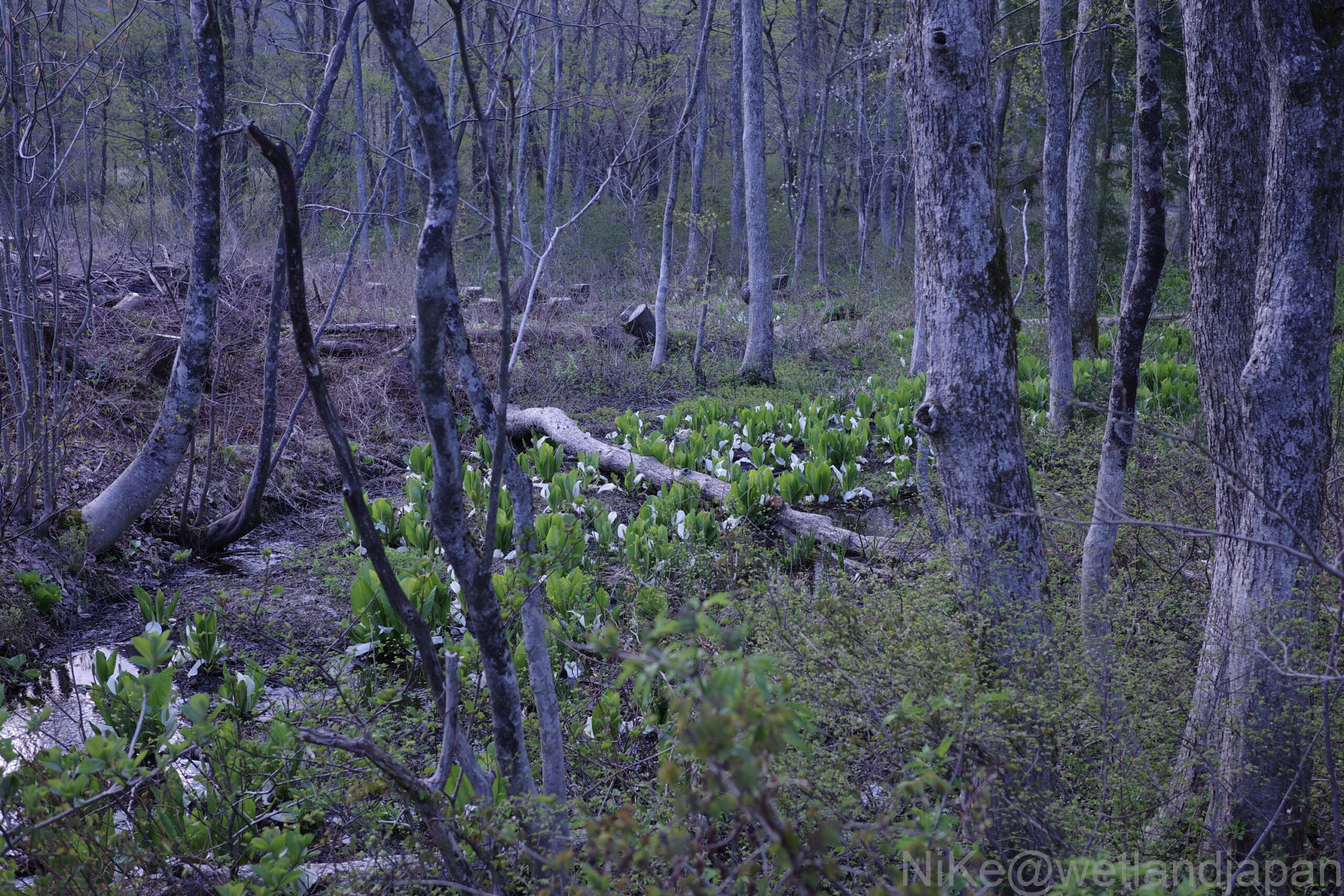
The landscape after the field burning.
Skunk cabbage often grows under trees and is not seen on this side.
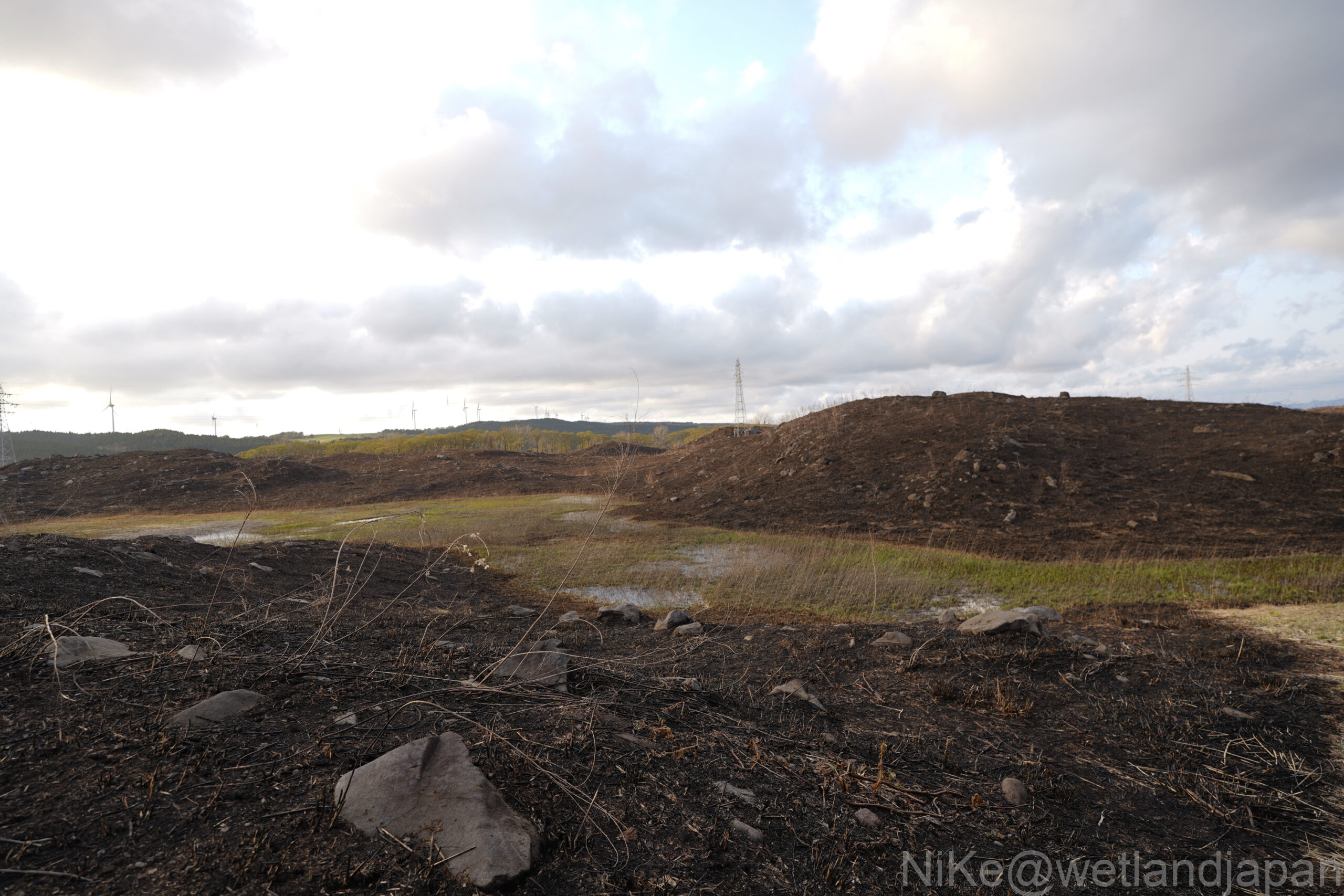
Mount Chokai.
It is covered in snow and is beautiful.
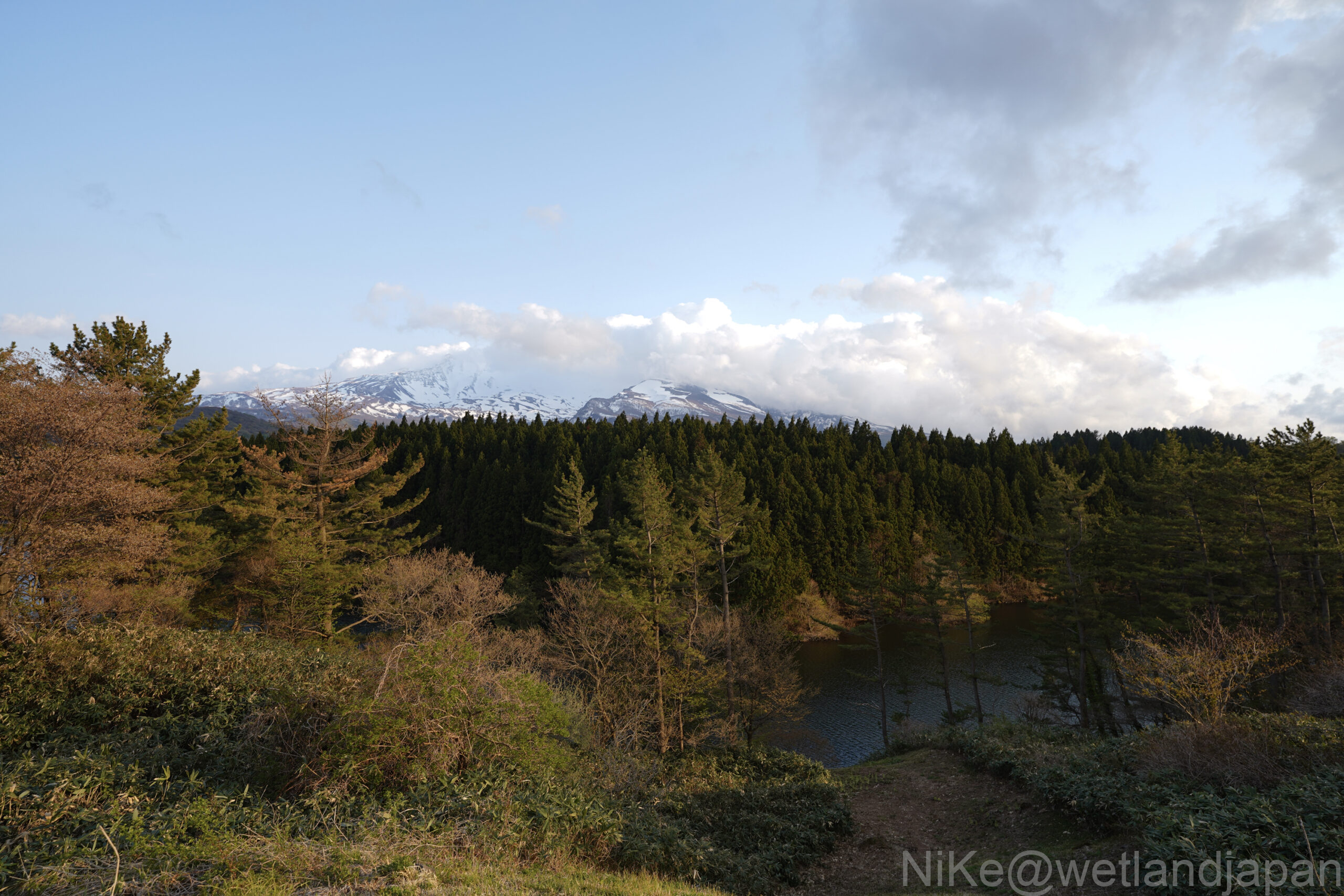
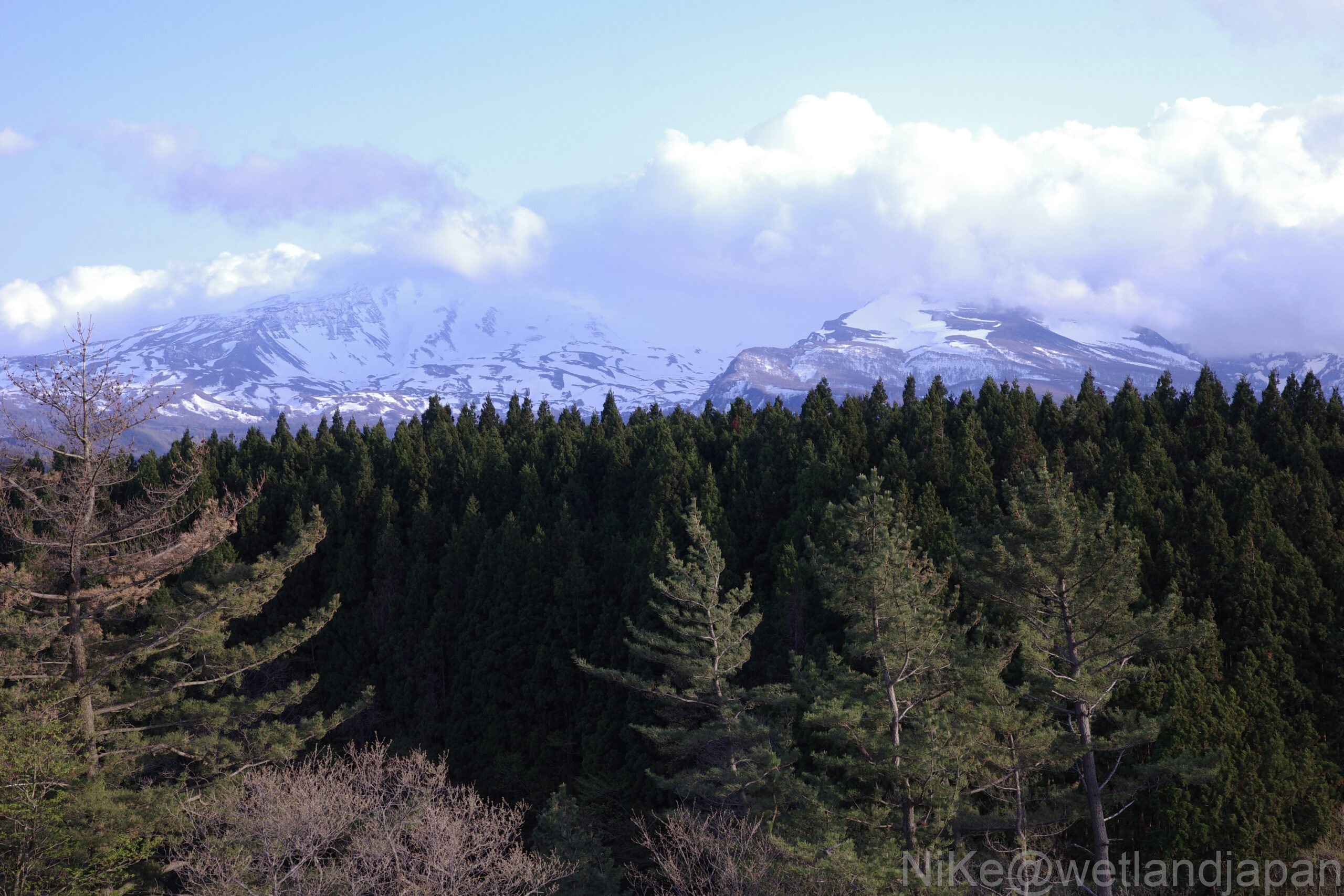
Large rocks are also rolling around, reminding us of the mountain's past collapse.
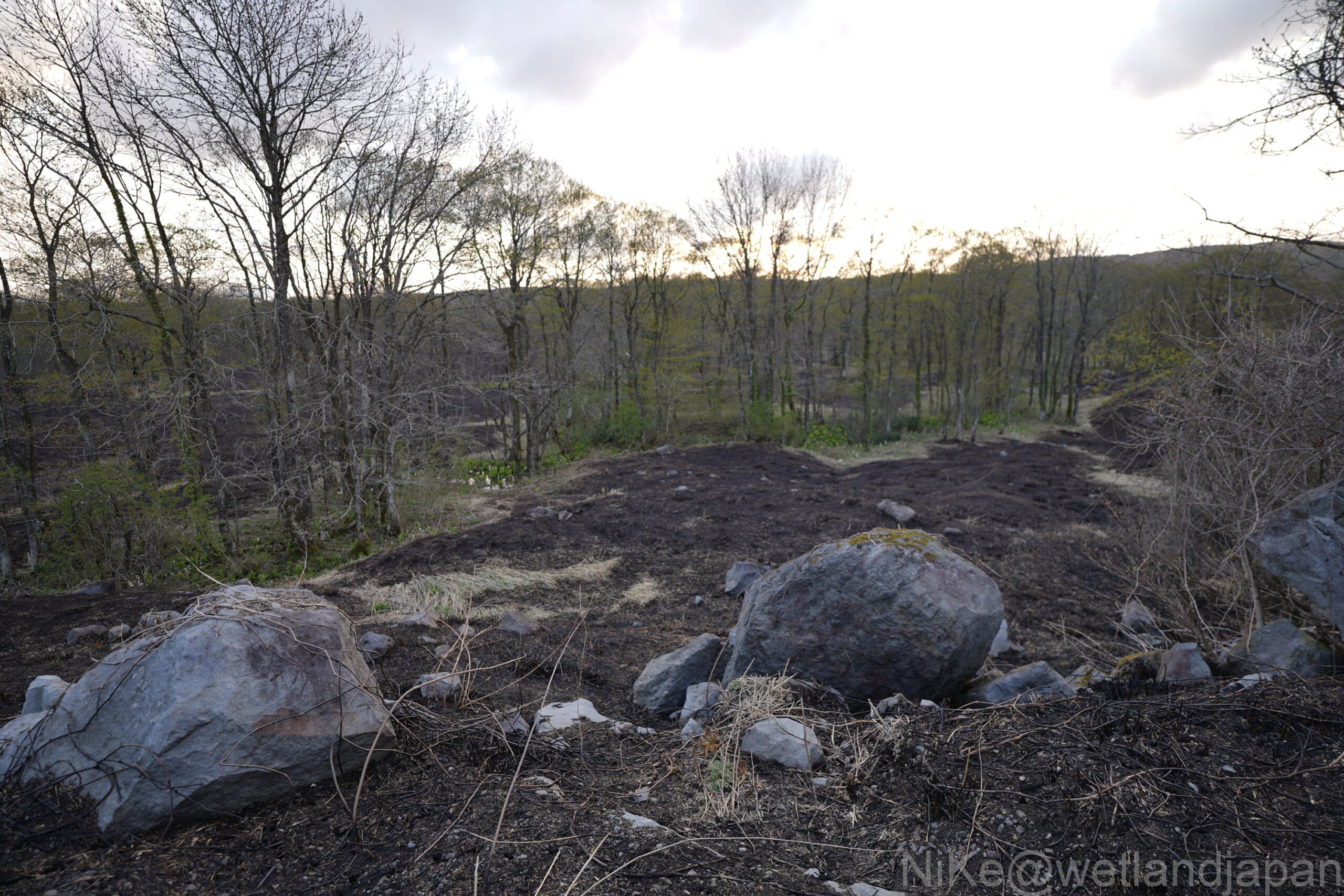
As I was driving slowly on the way back, I spotted some Asian skunk cabbage near the river.
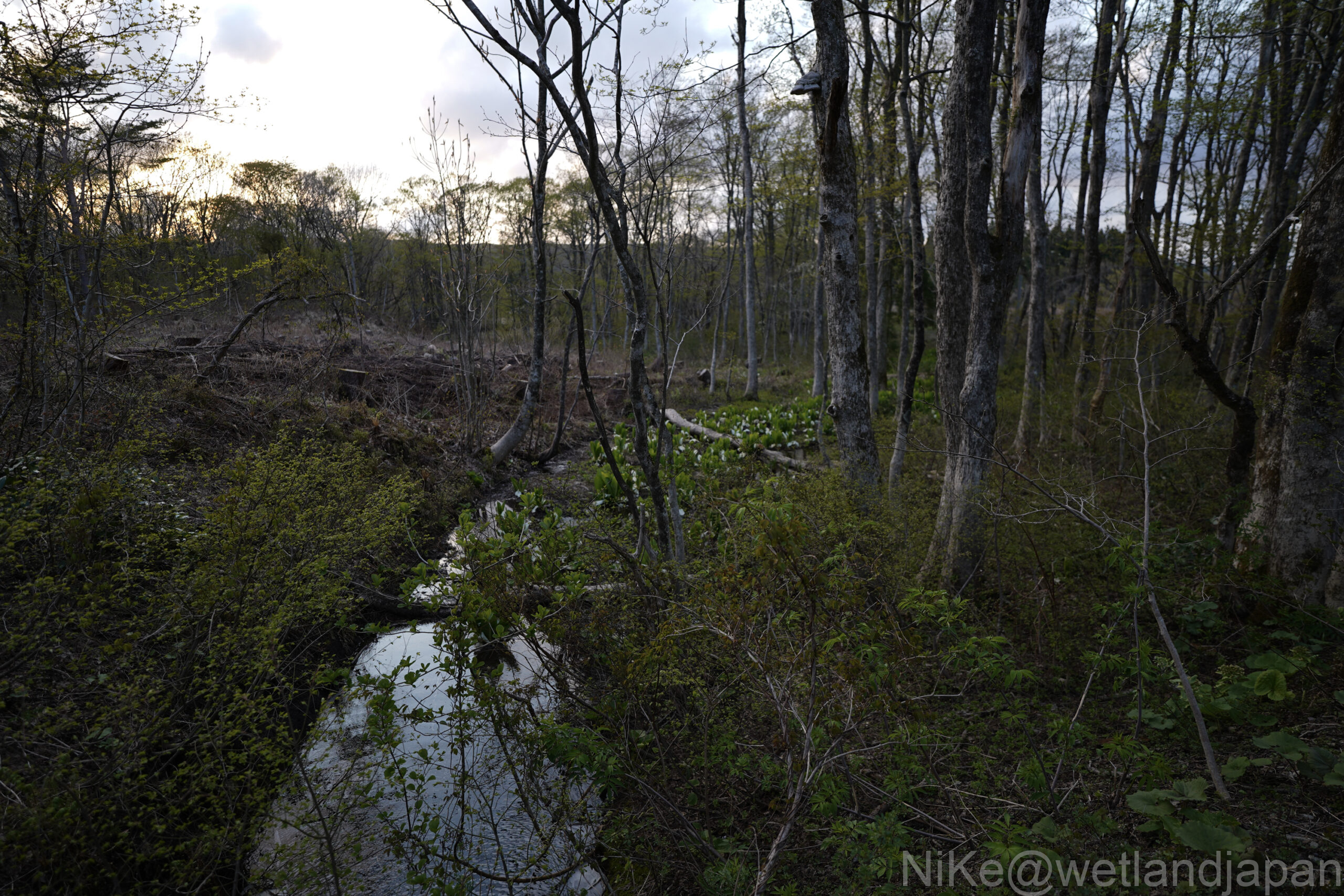
A small pond.
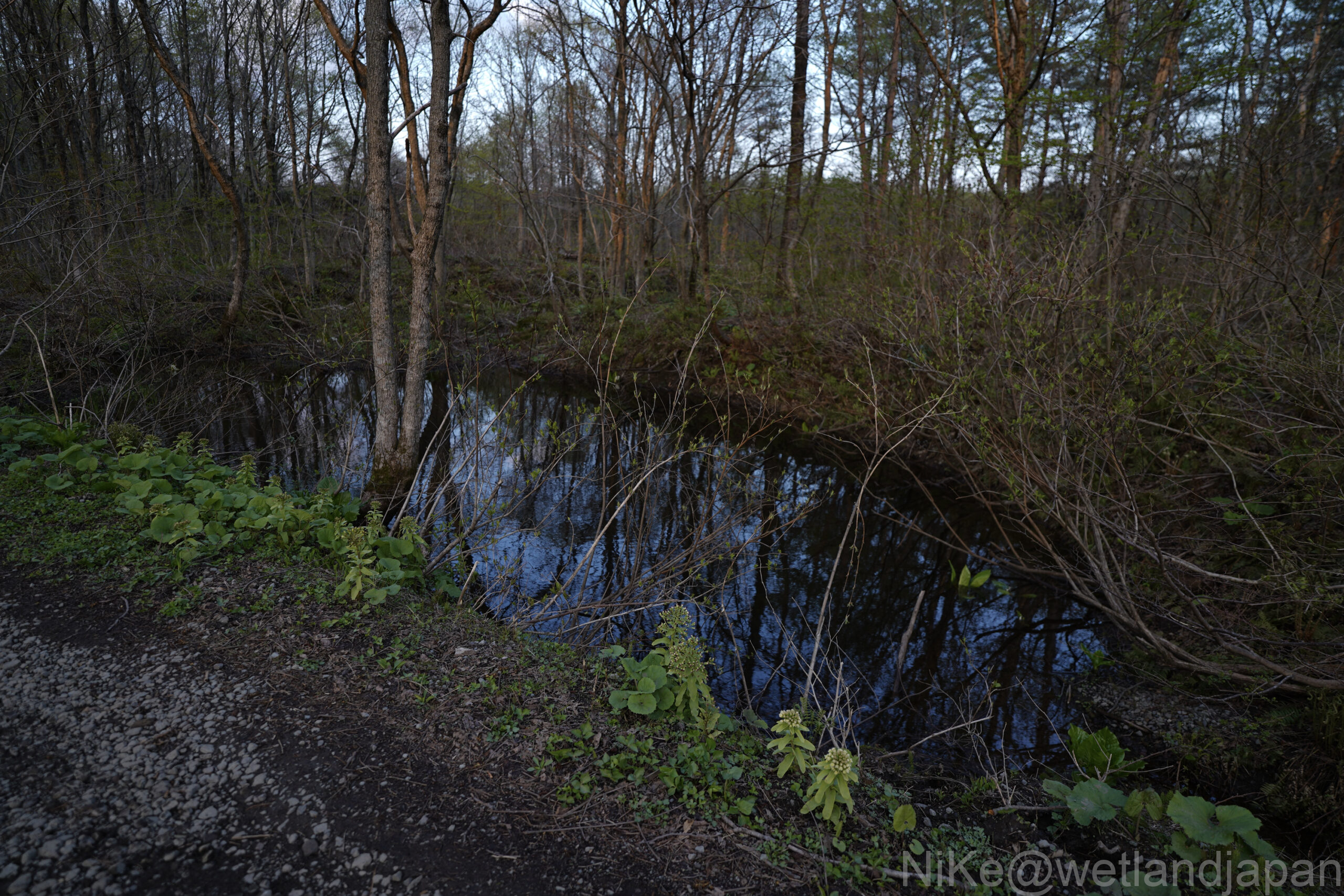
On the way back, we saw Mount Chokai.
The temperature was dropping and clouds were beginning to gather.
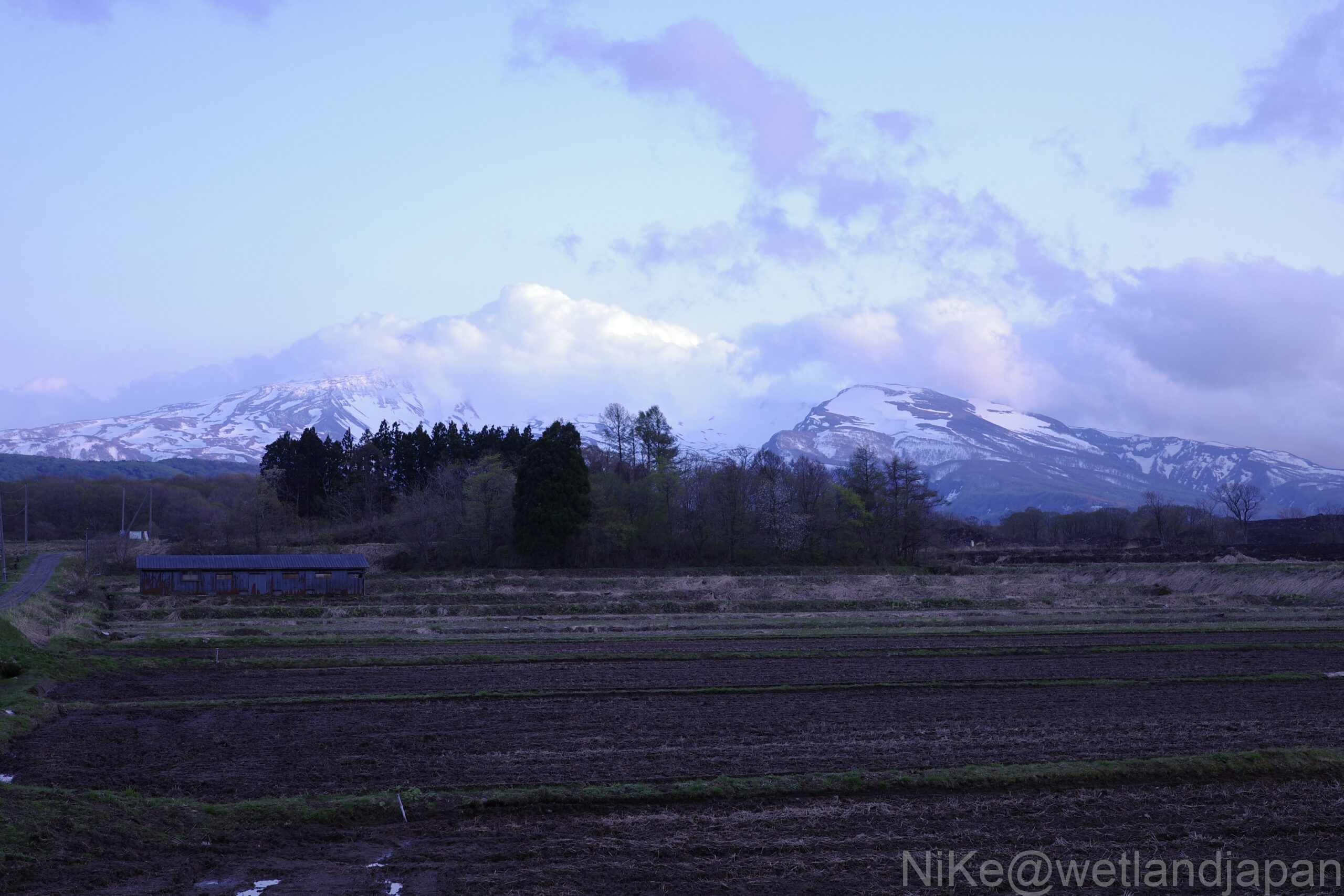
summary
Fuyushi Marsh is one of the 500 most important wetlands.
Last time, I was full of questions like, "Why?" and "Where is the marshland?", but this time I was able to understand.
As it was right after the field burn, there were only Asian skunk cabbages, but I imagine that various wetland plants will emerge from here.
